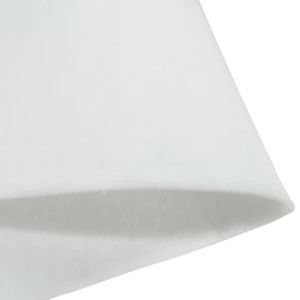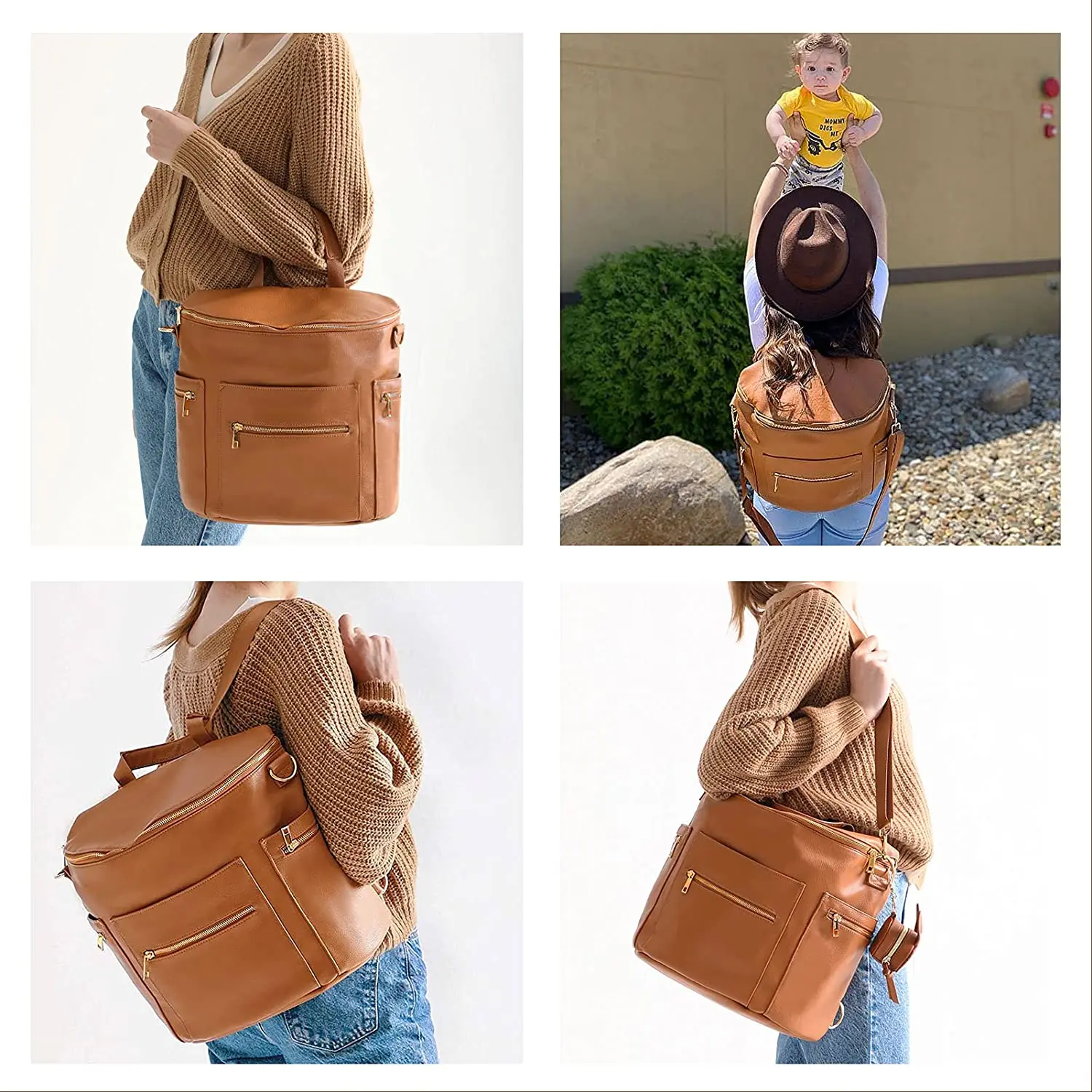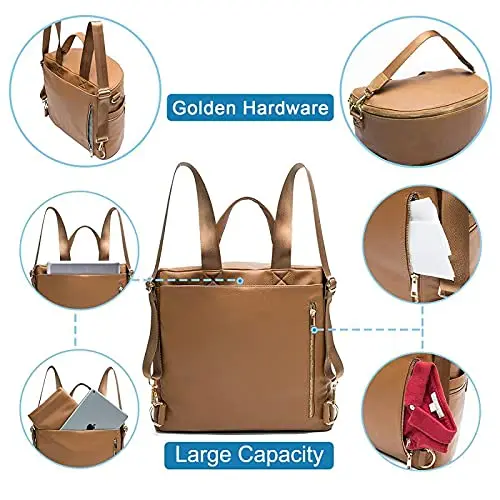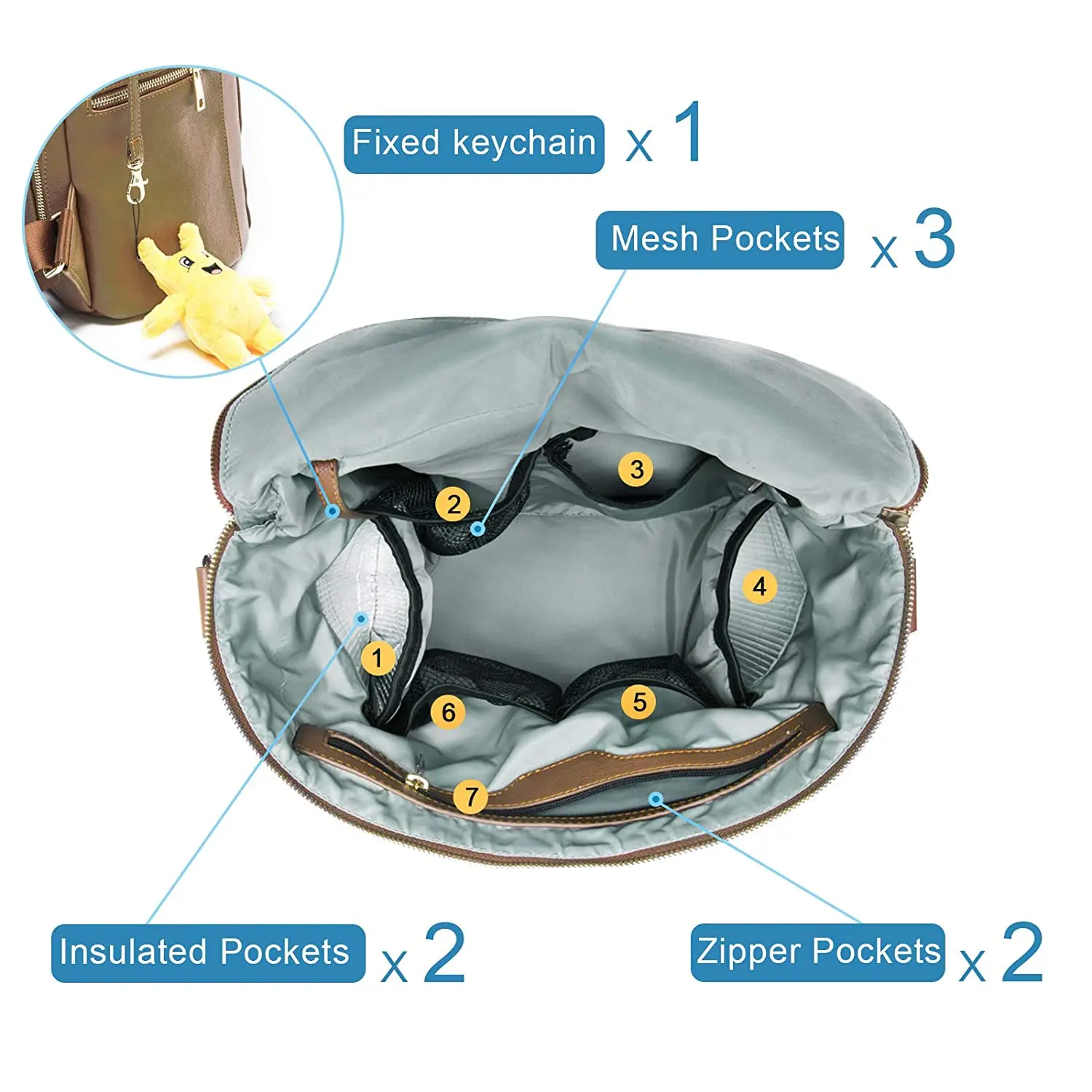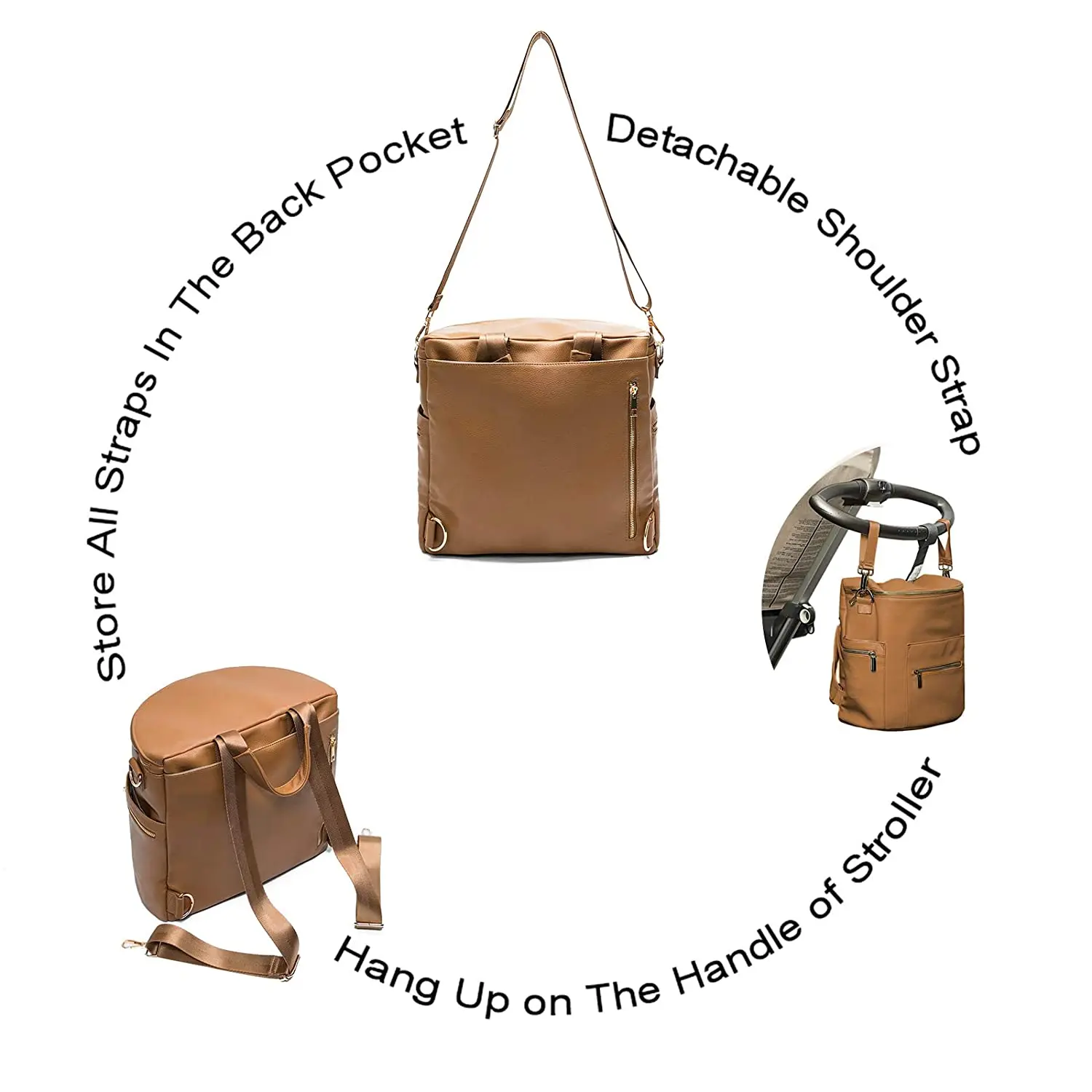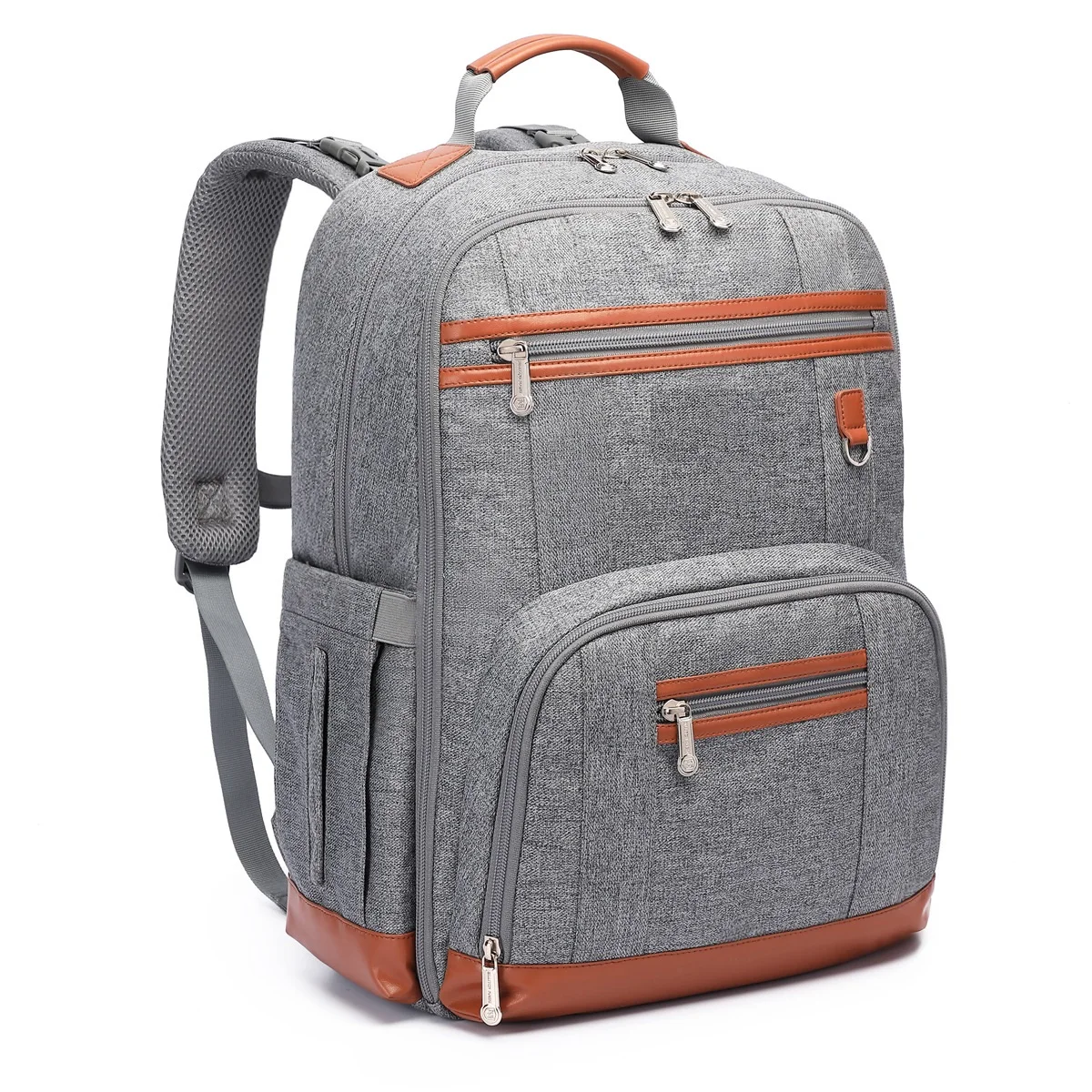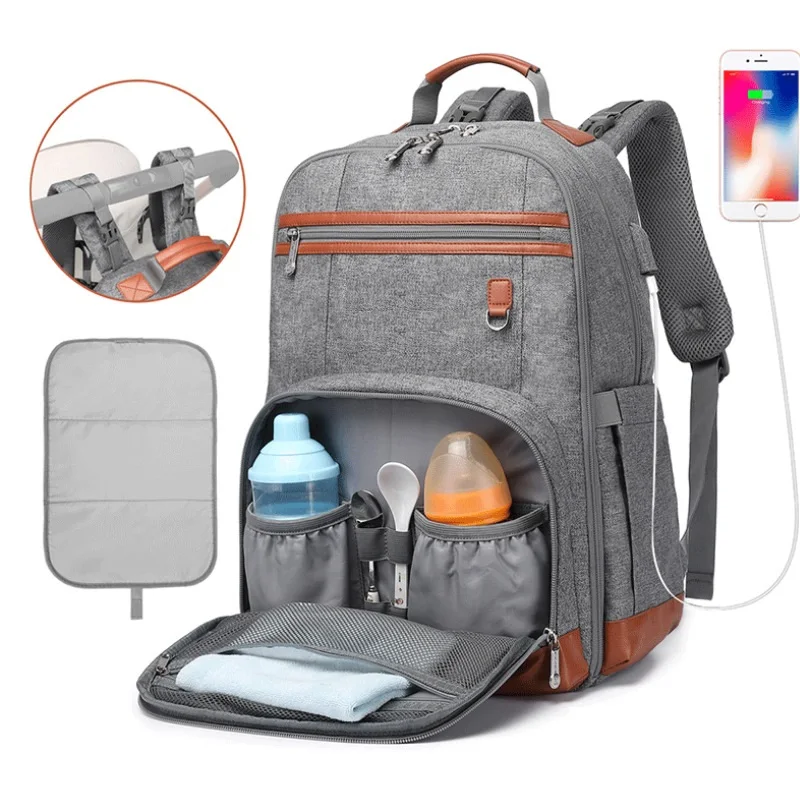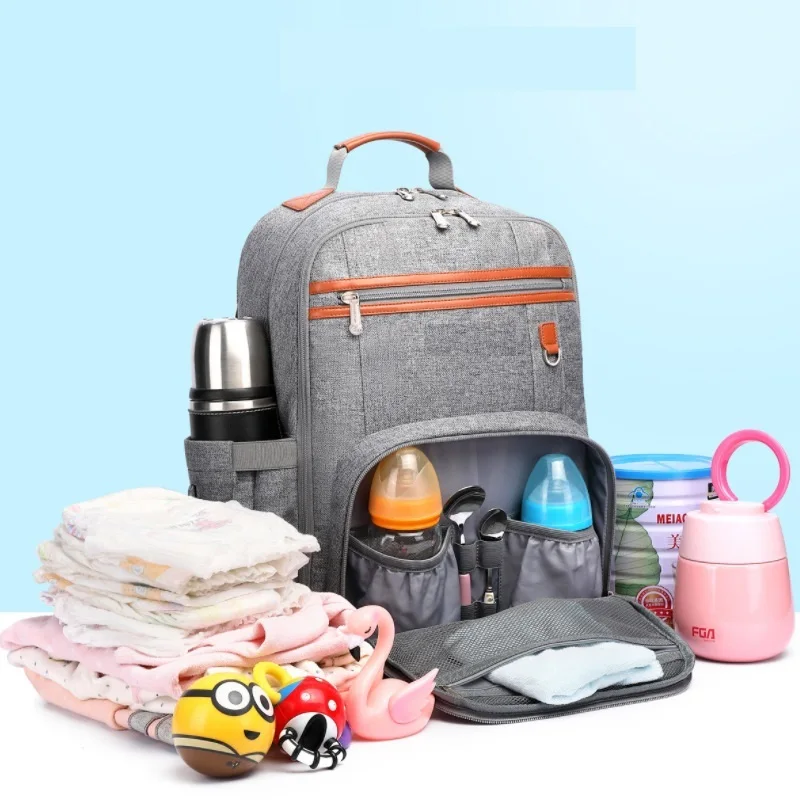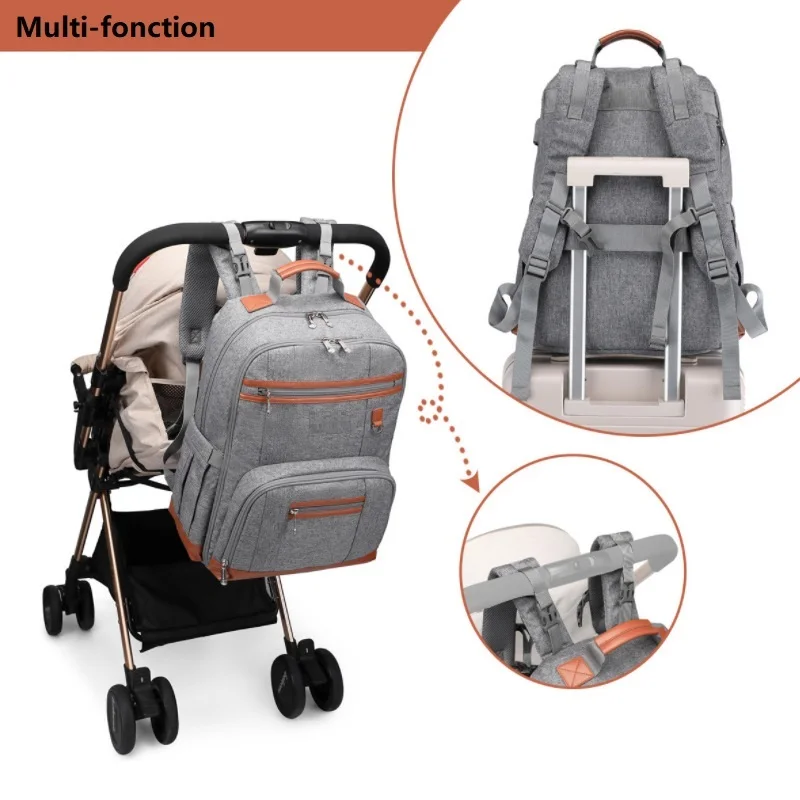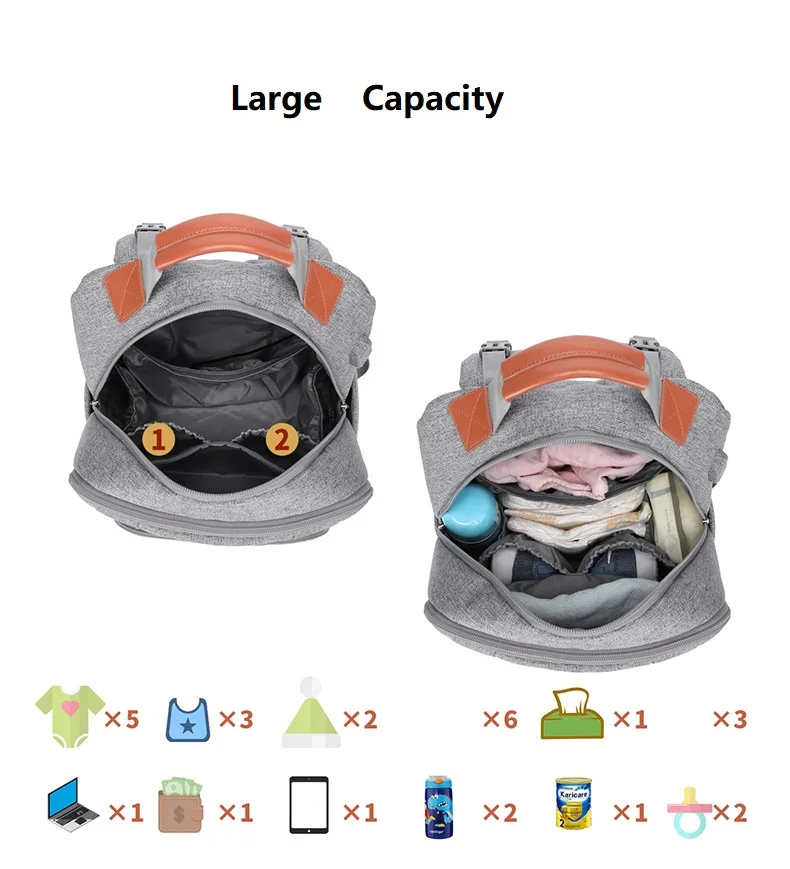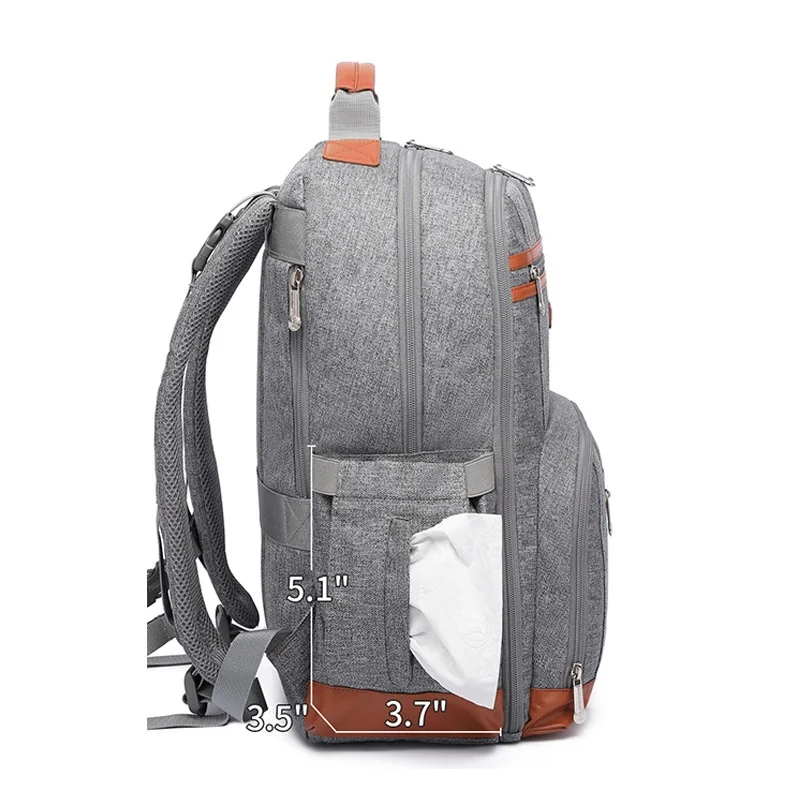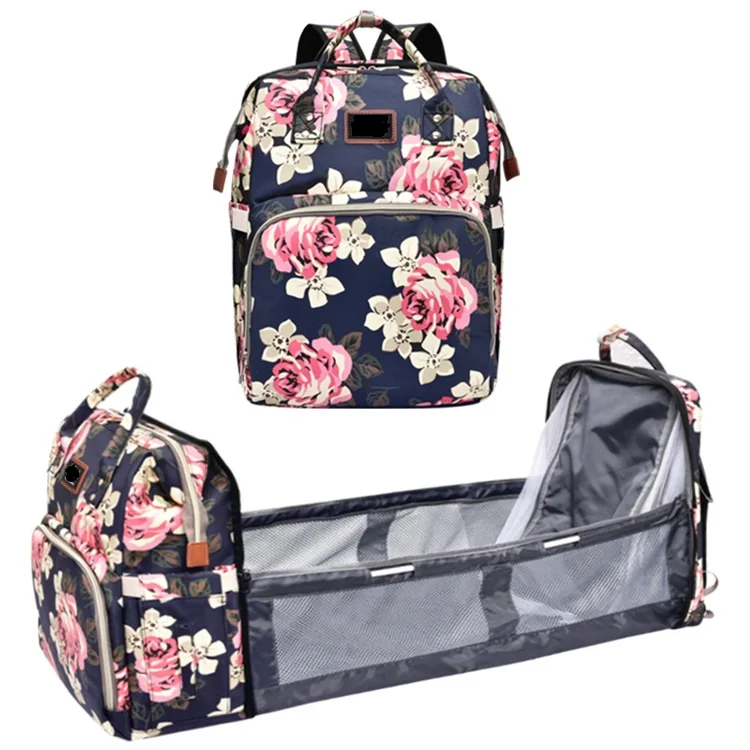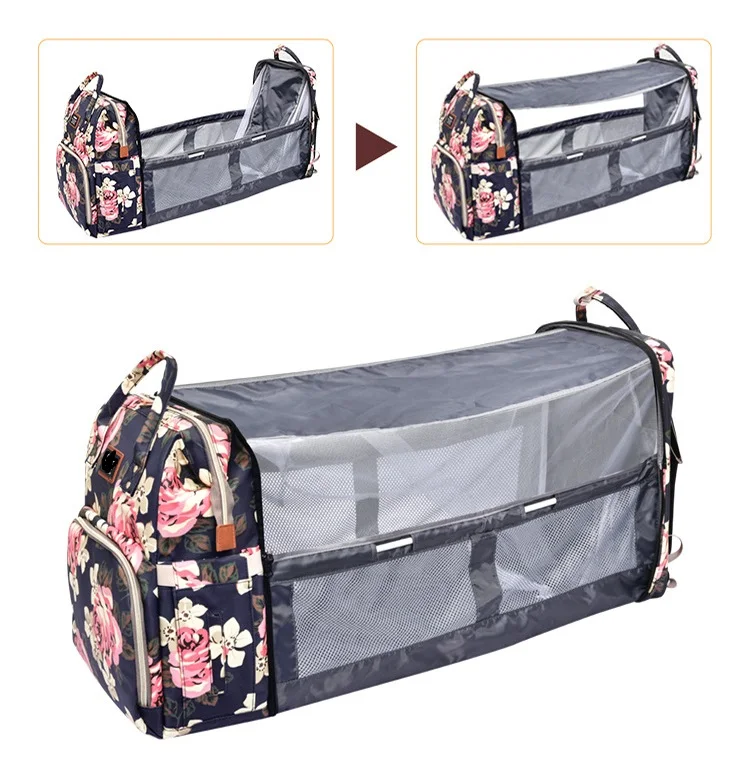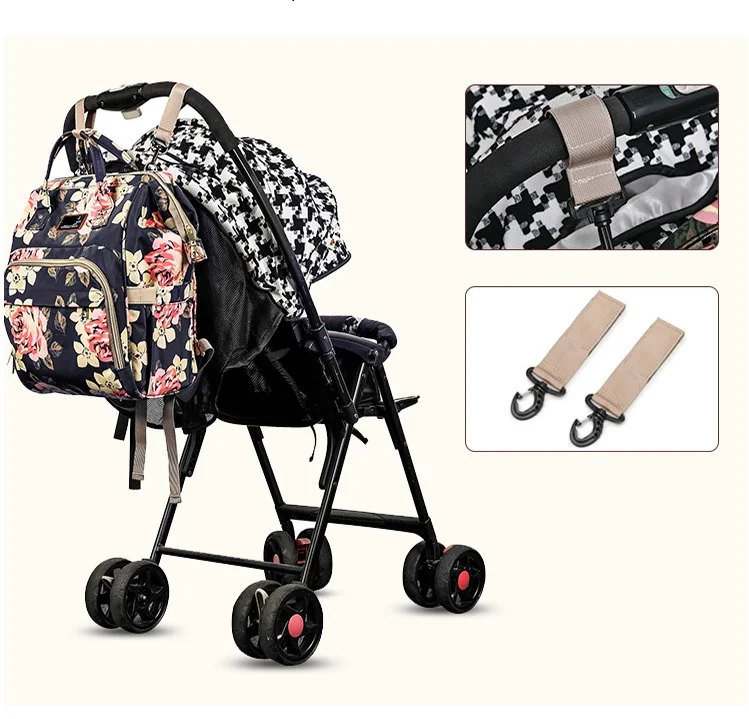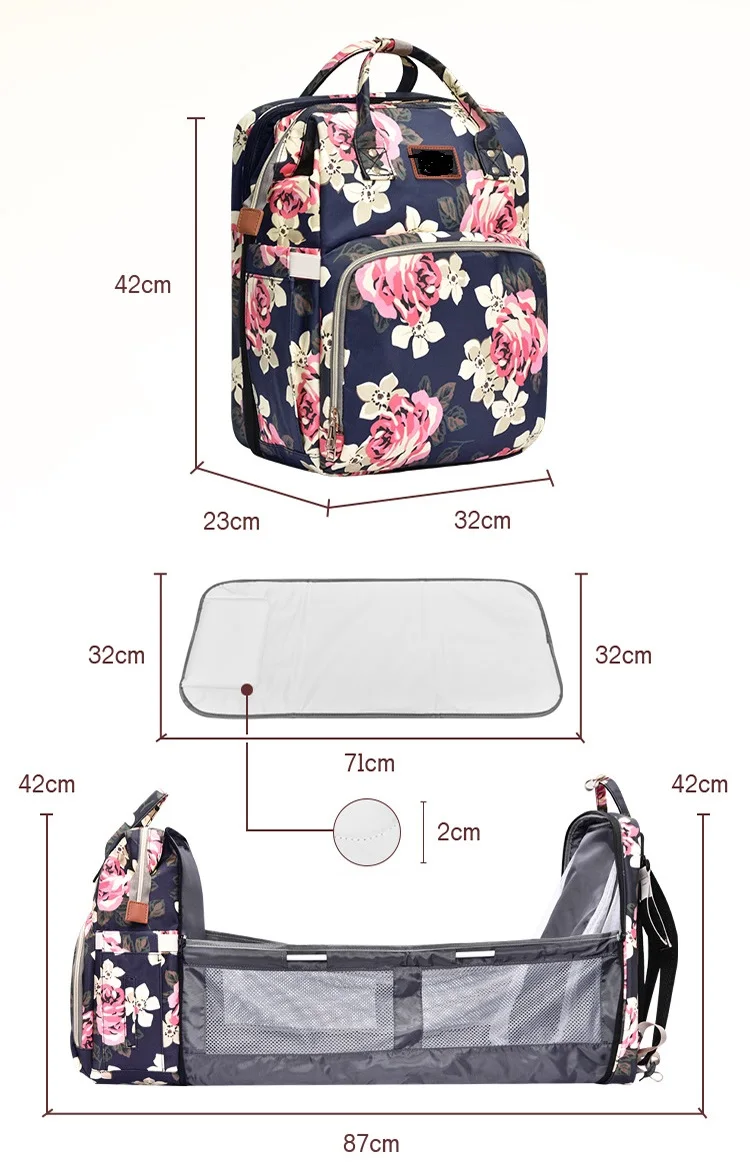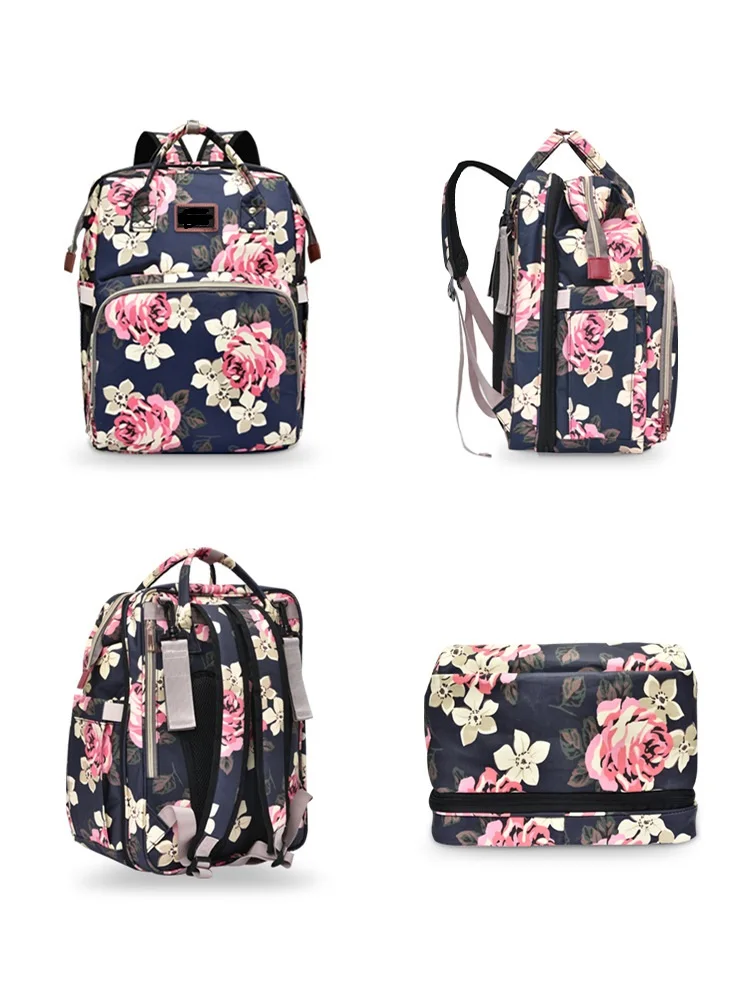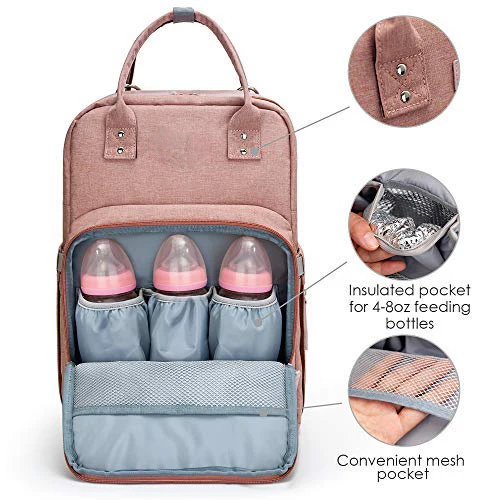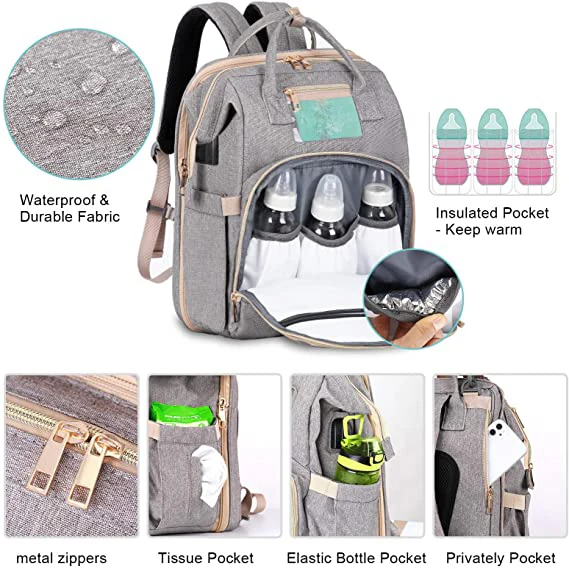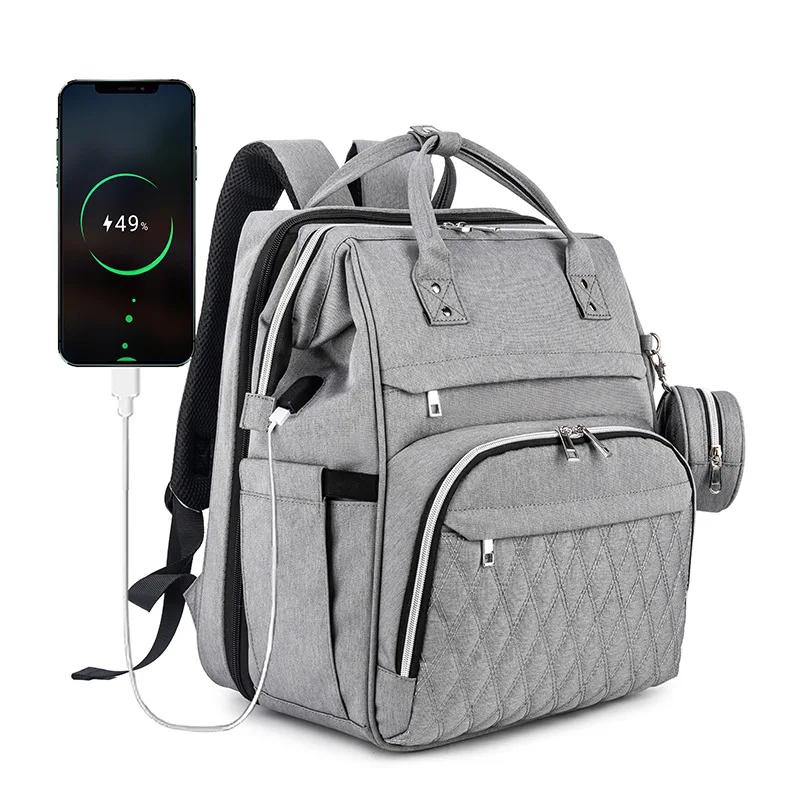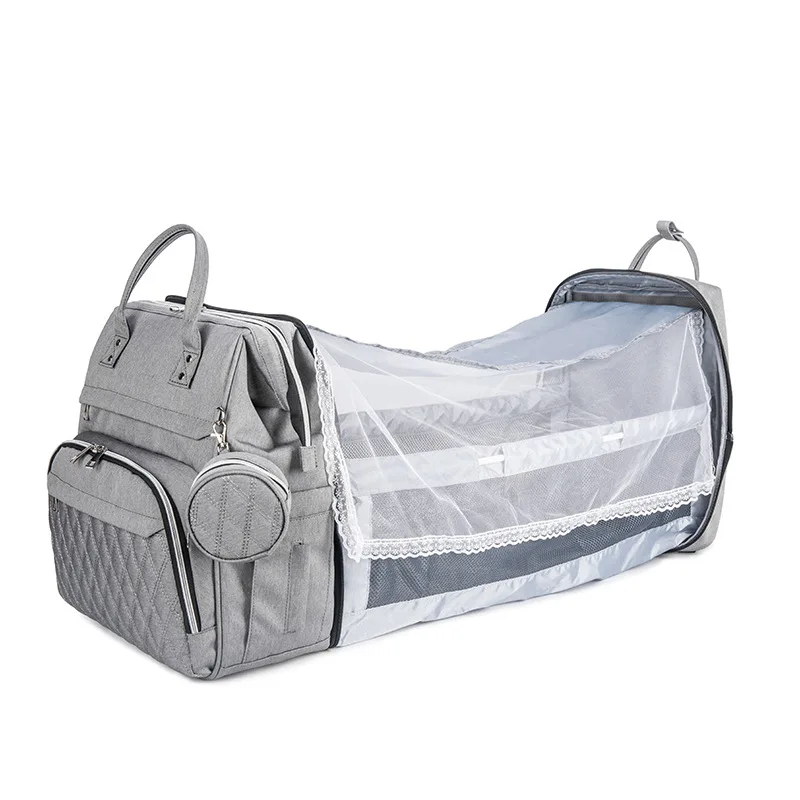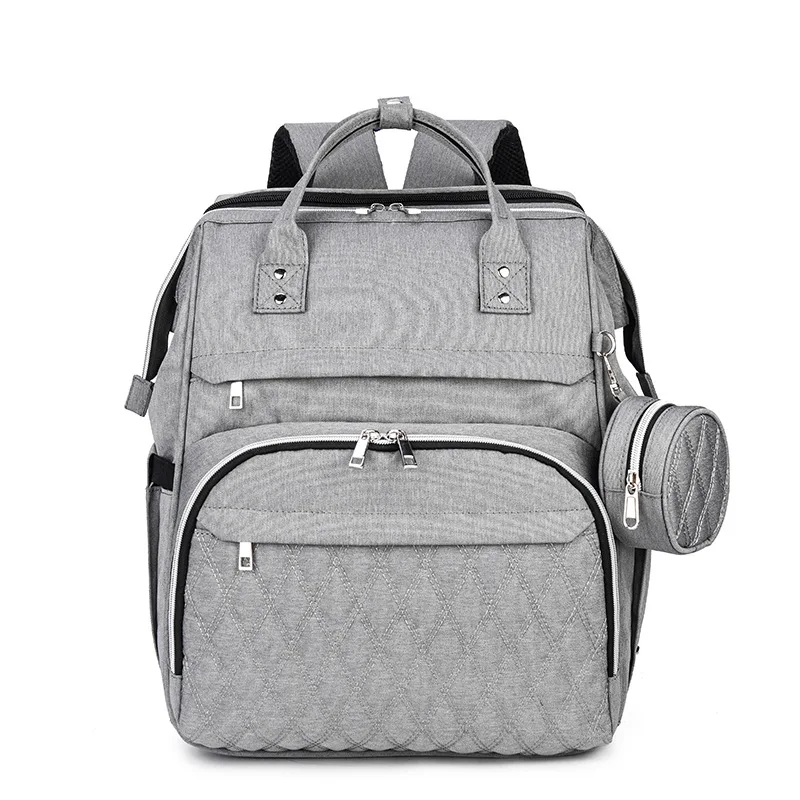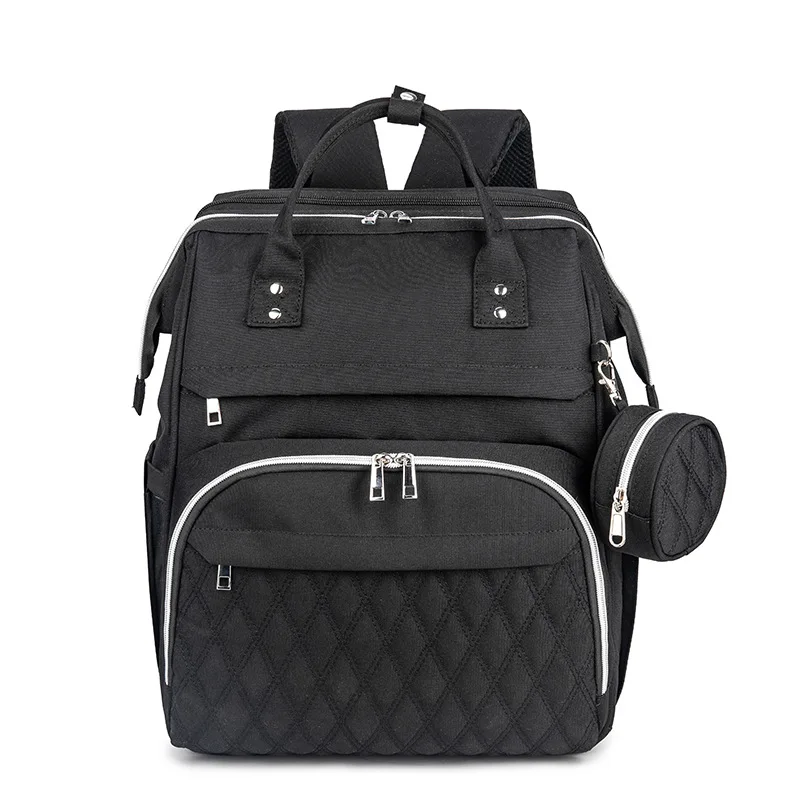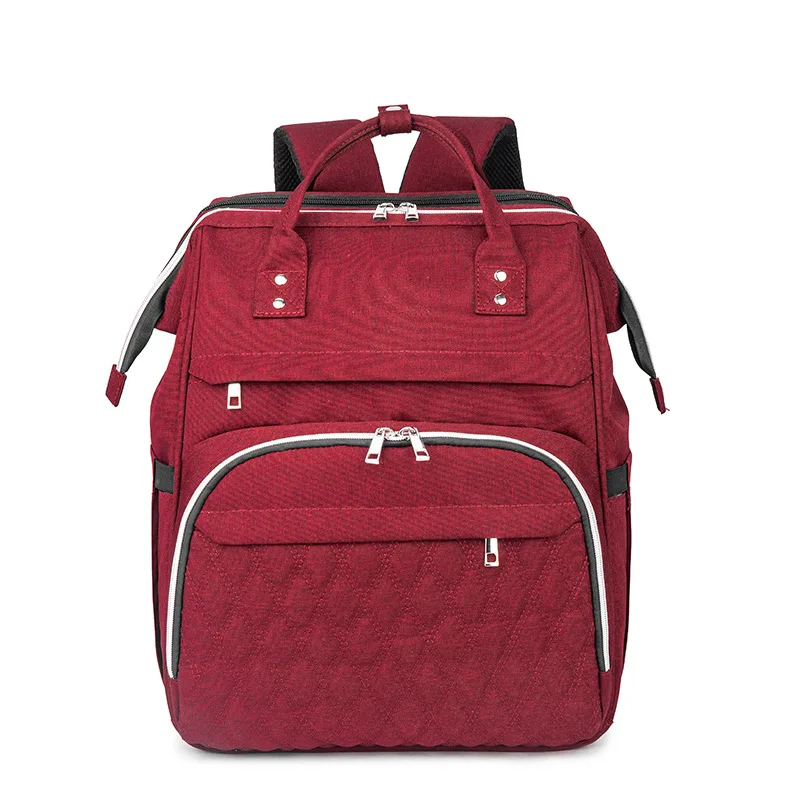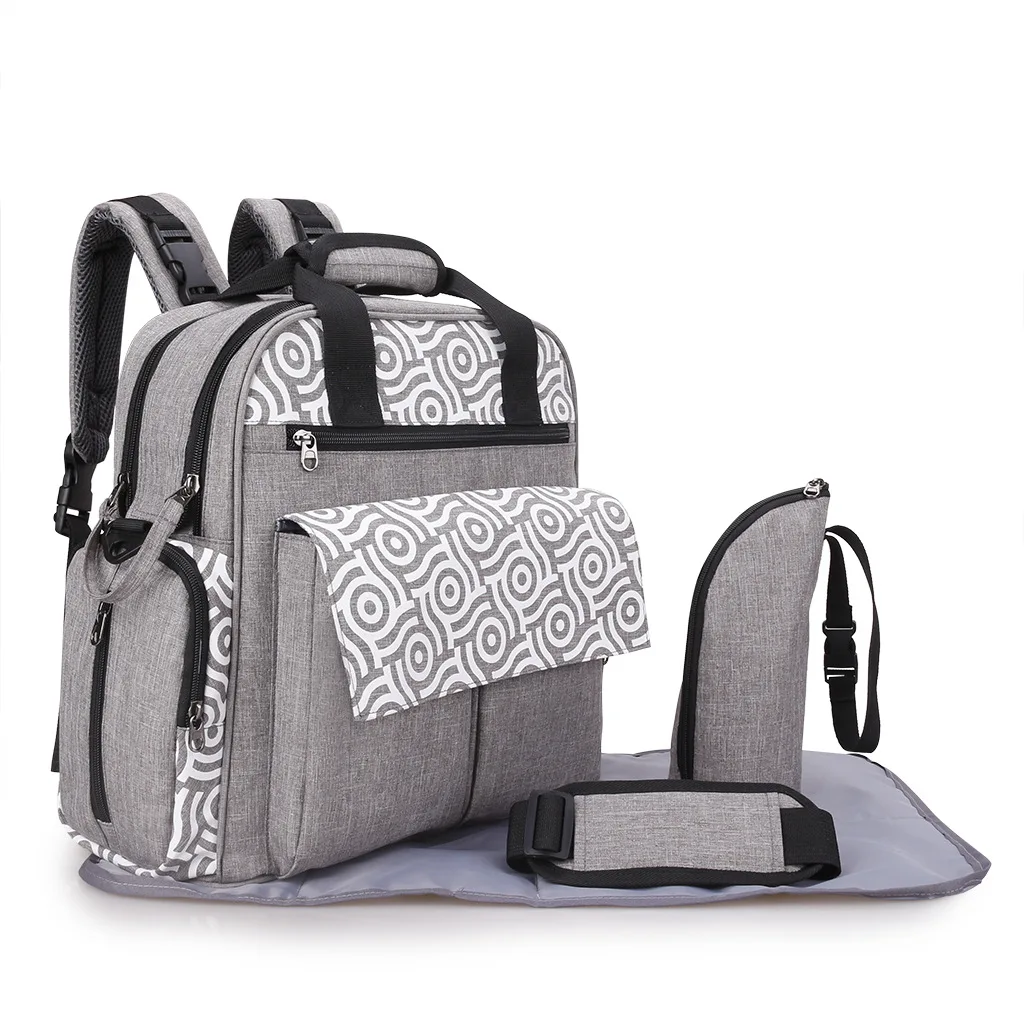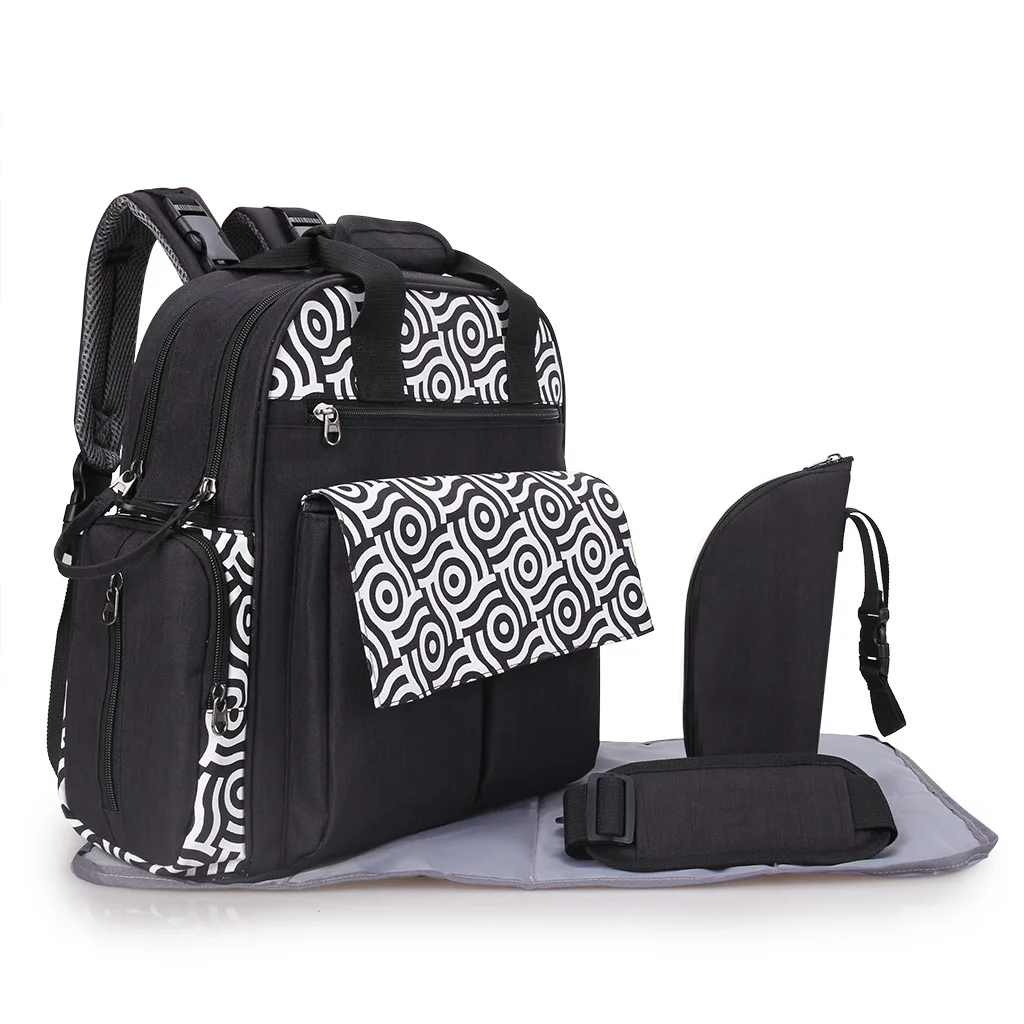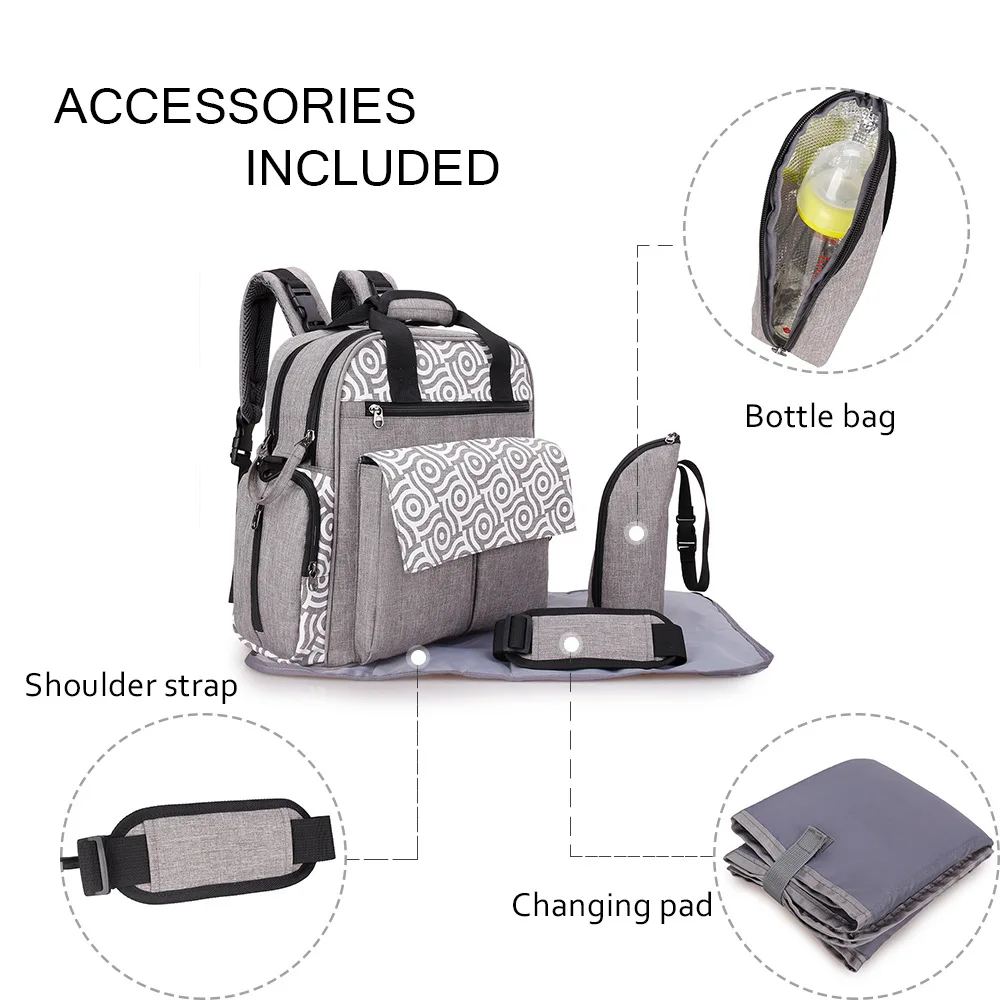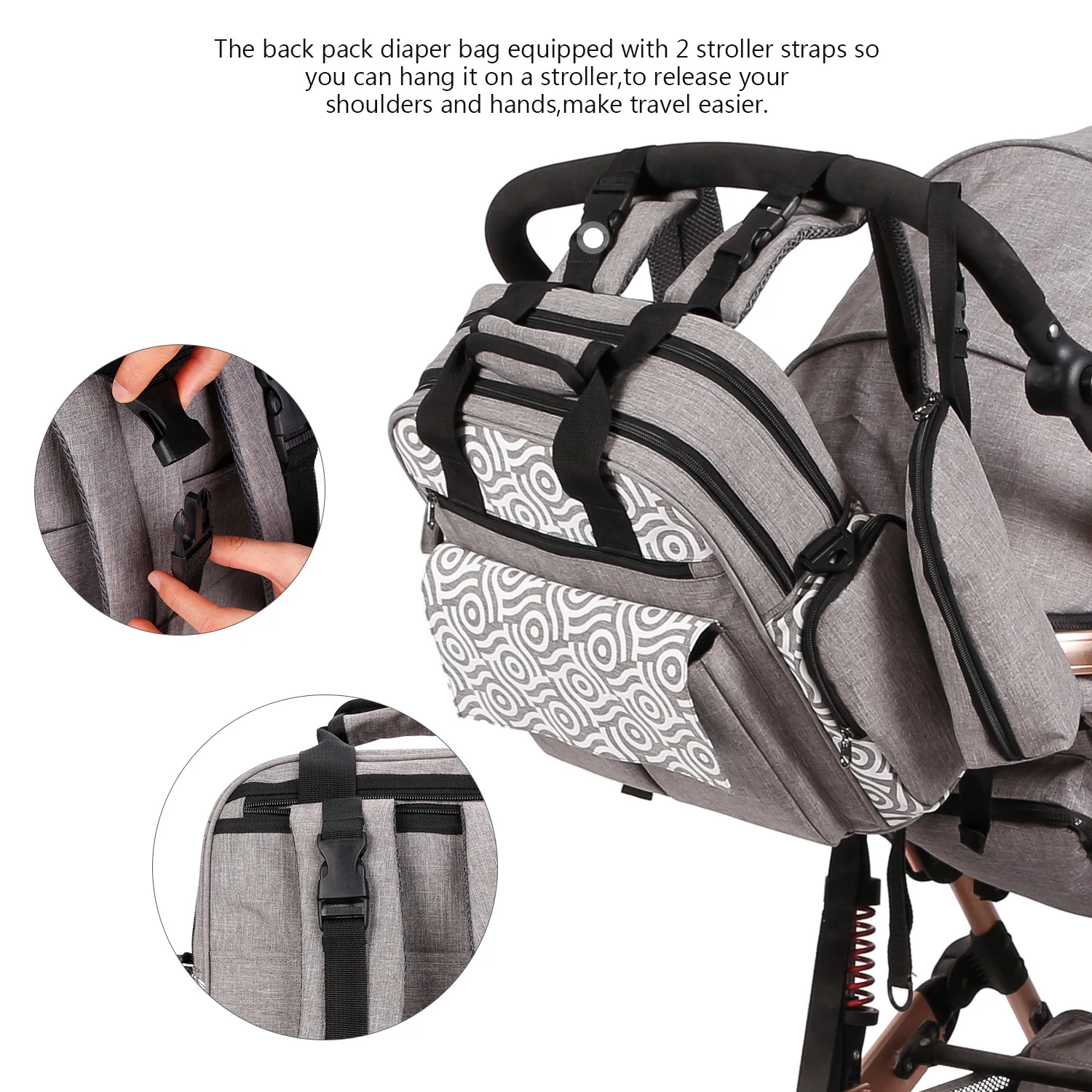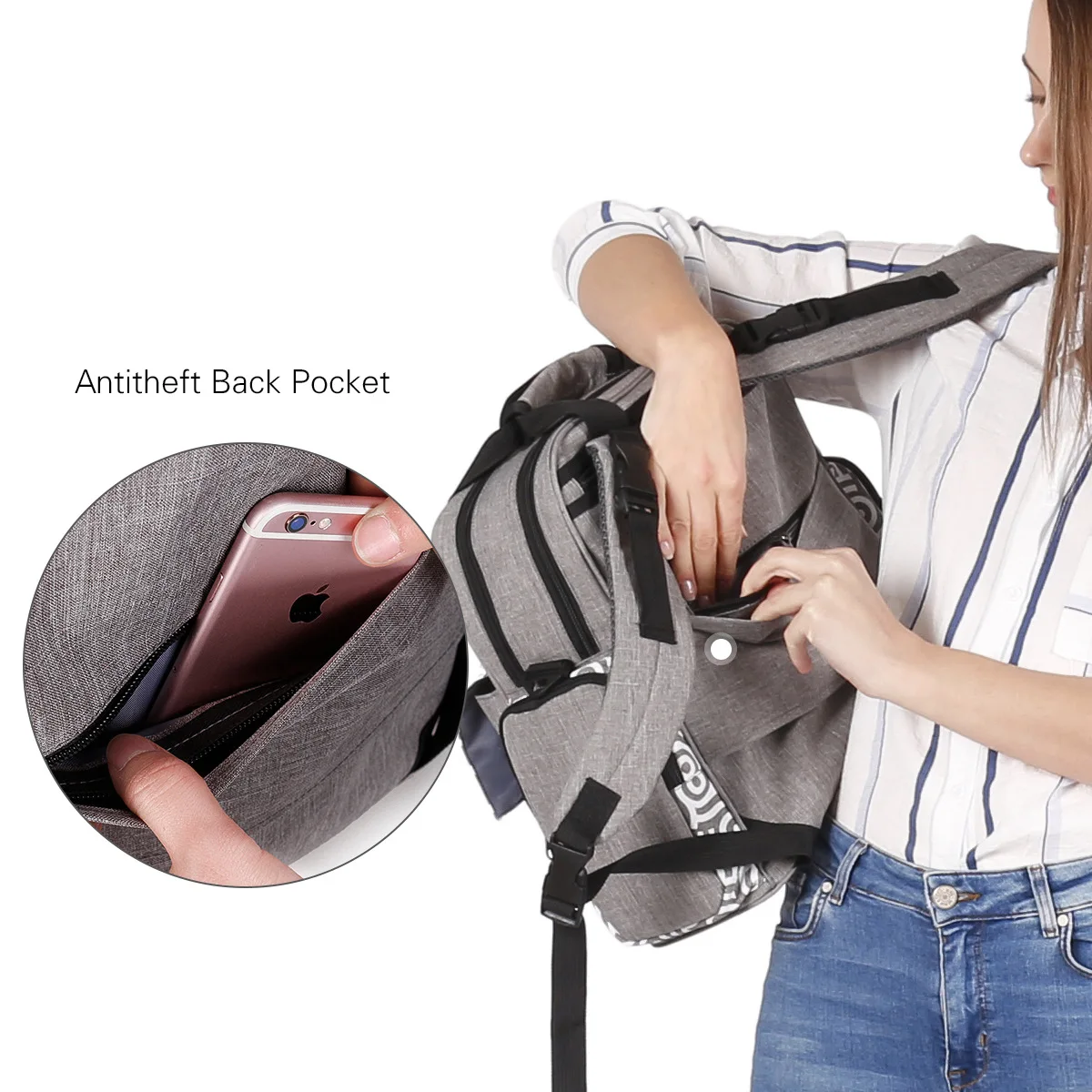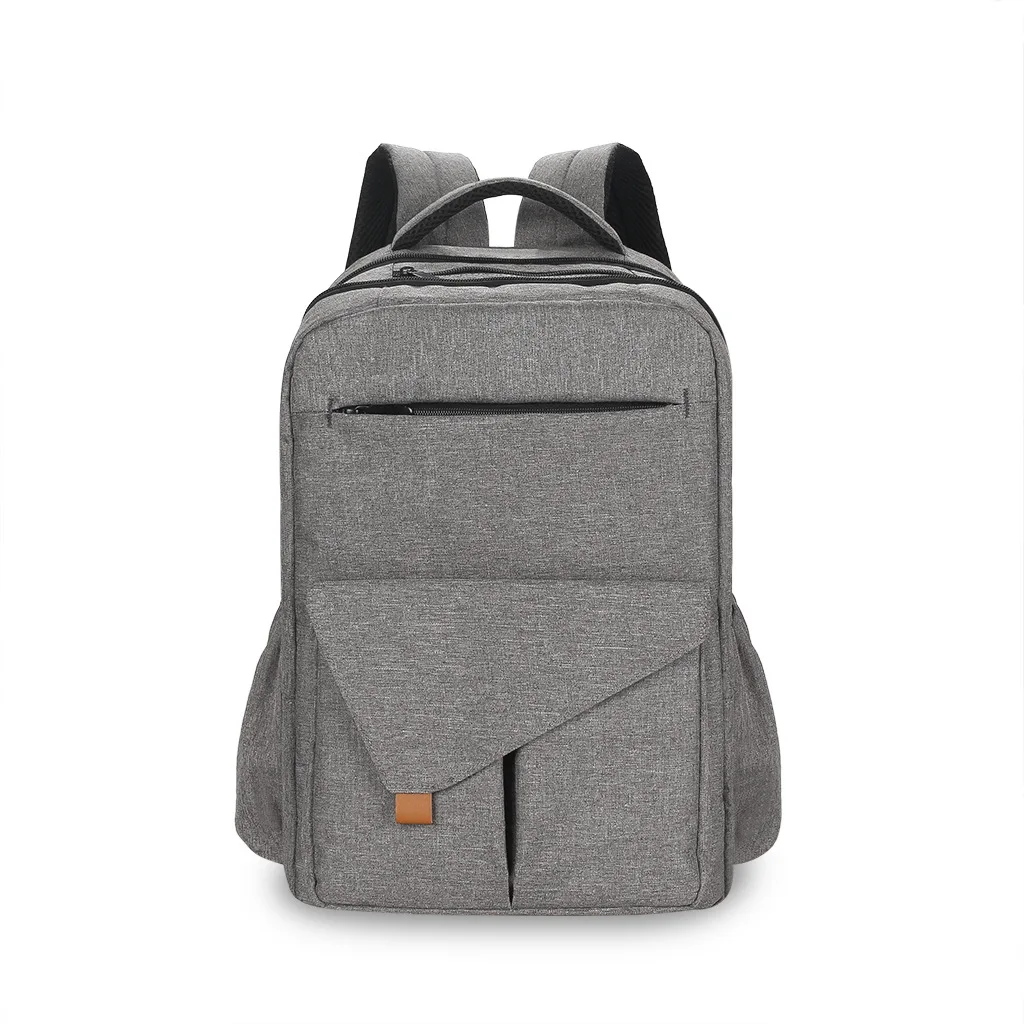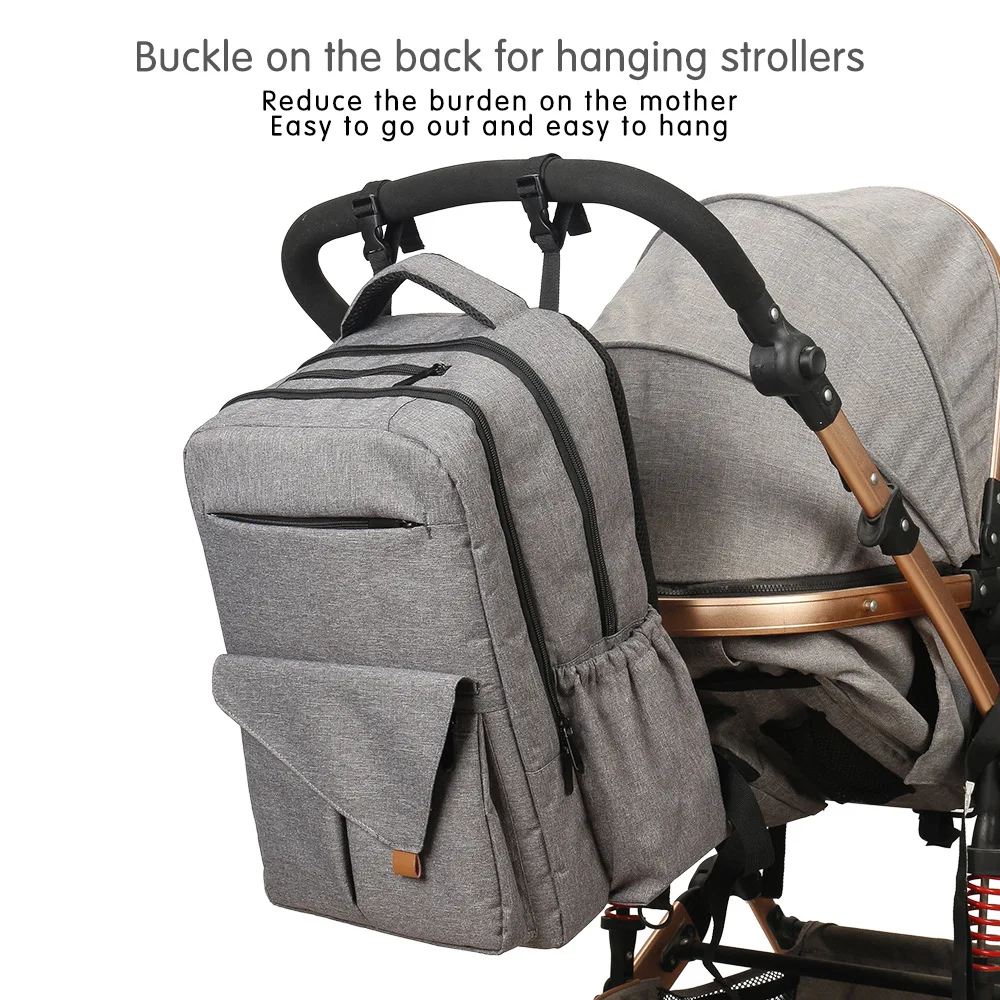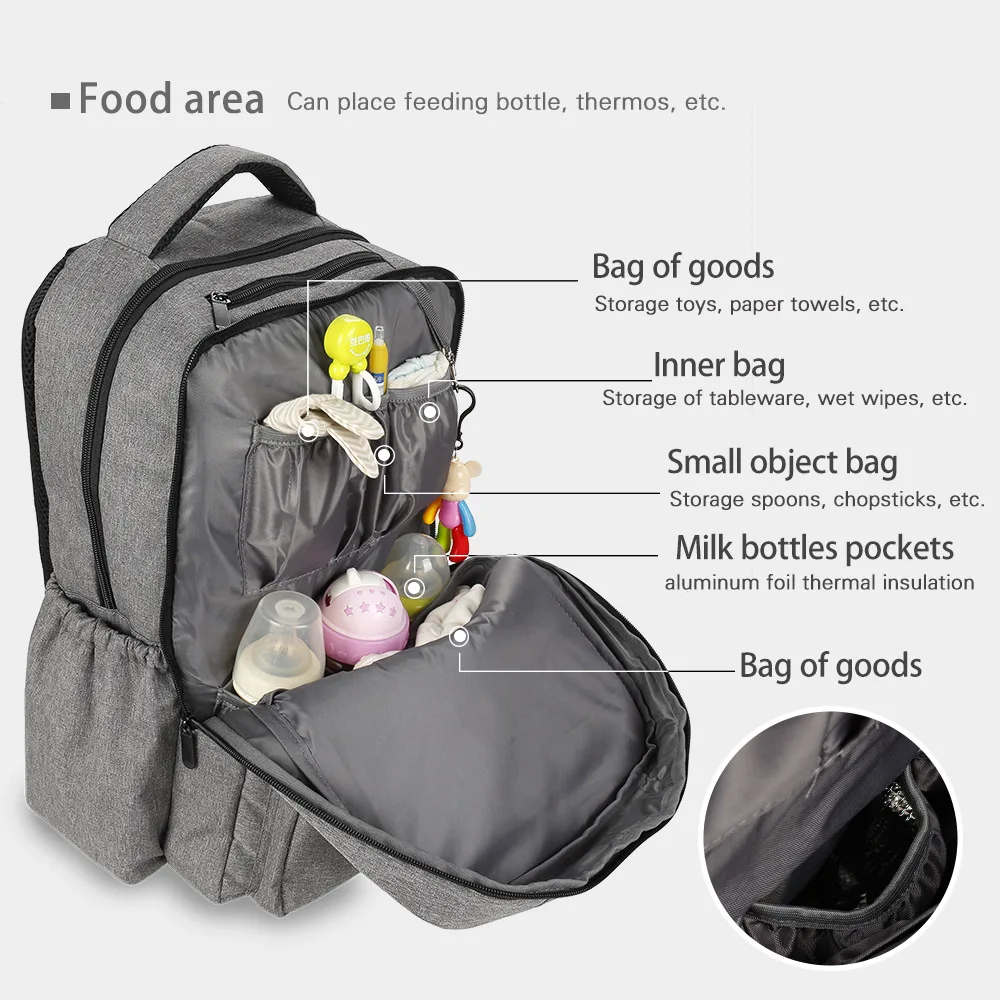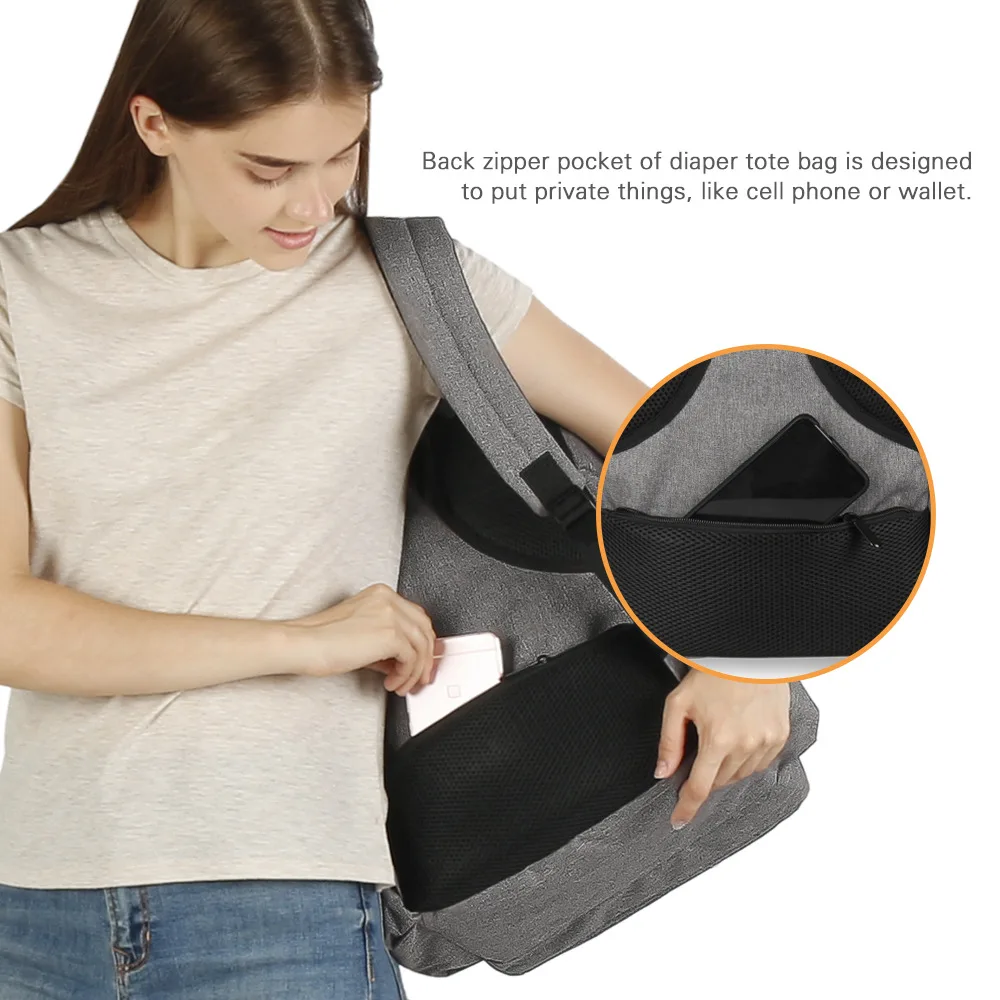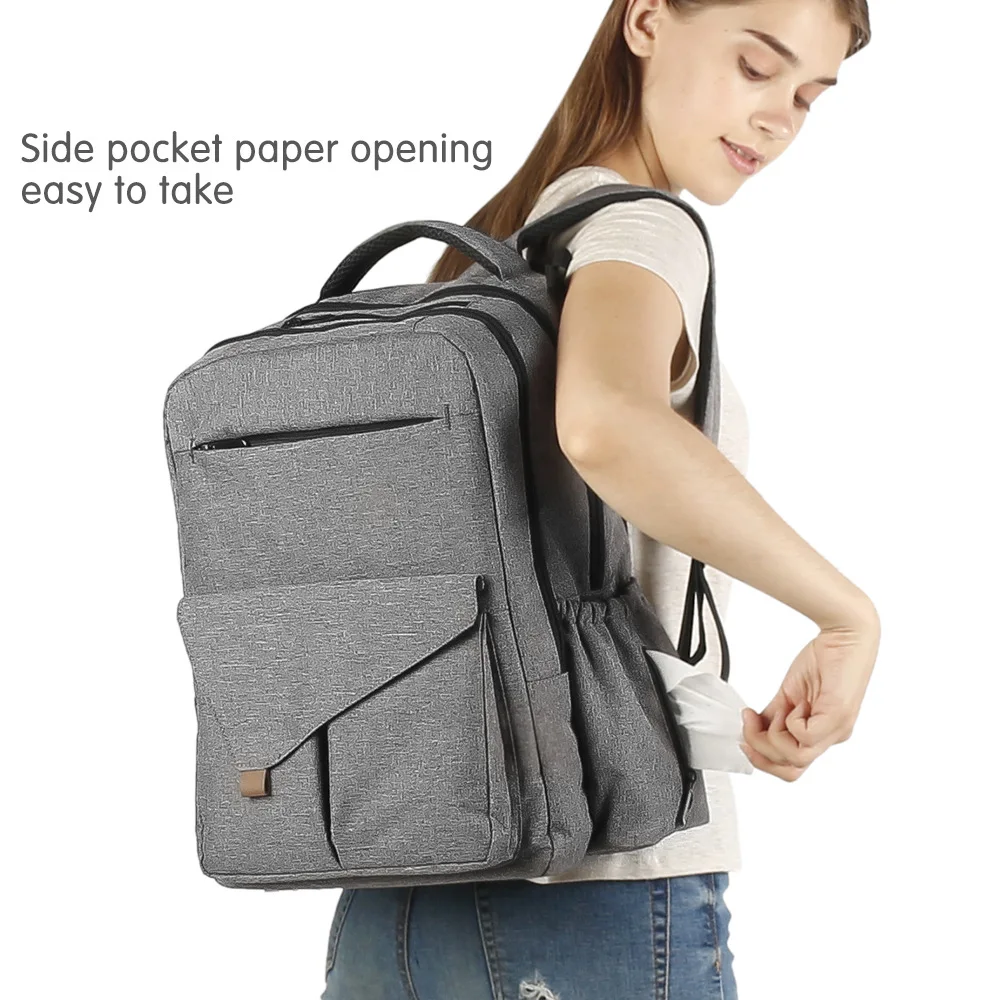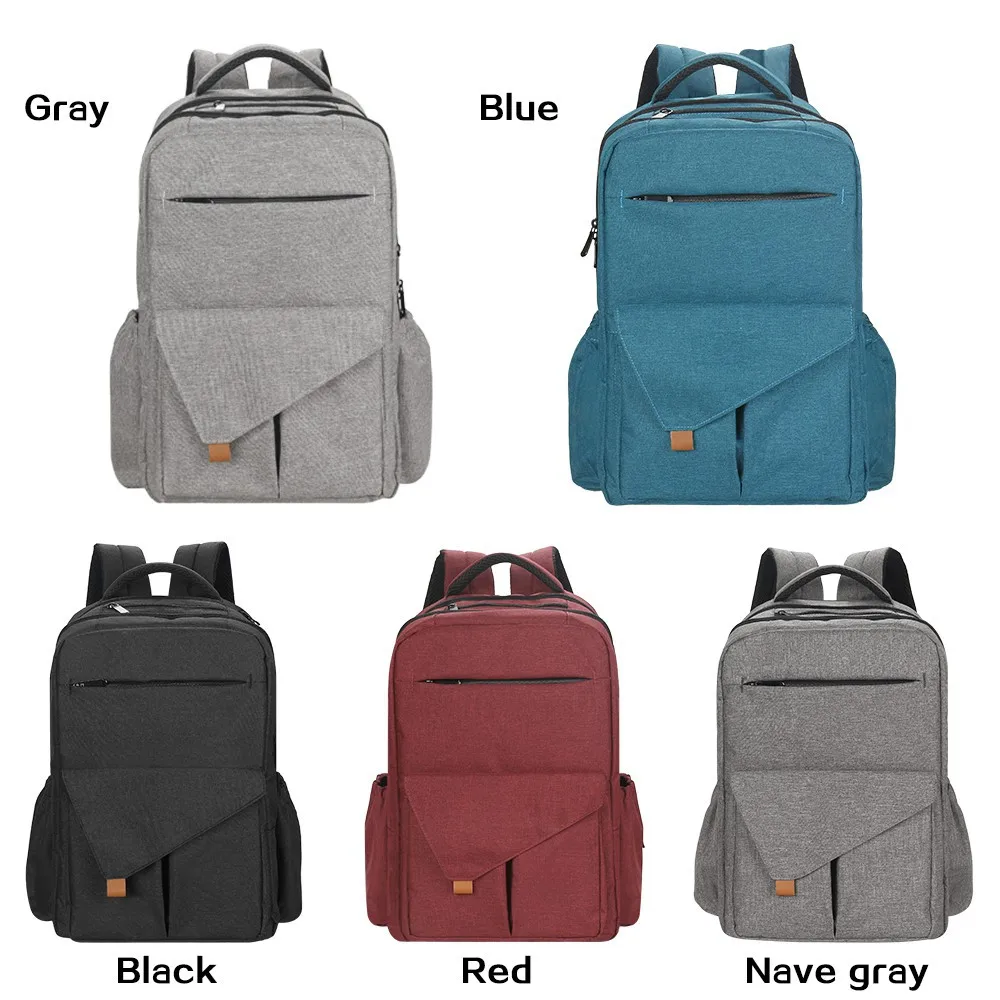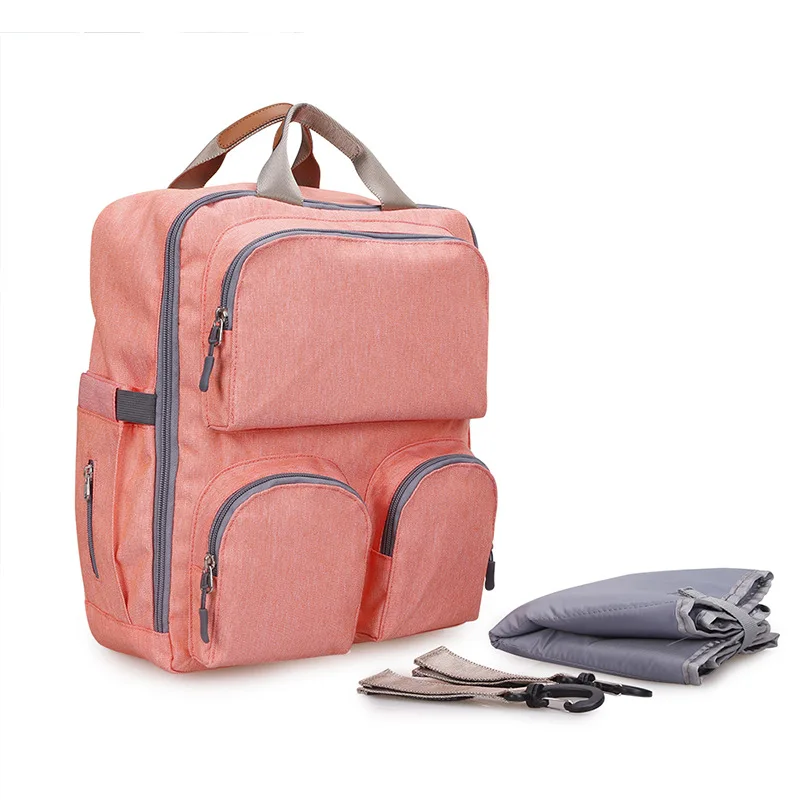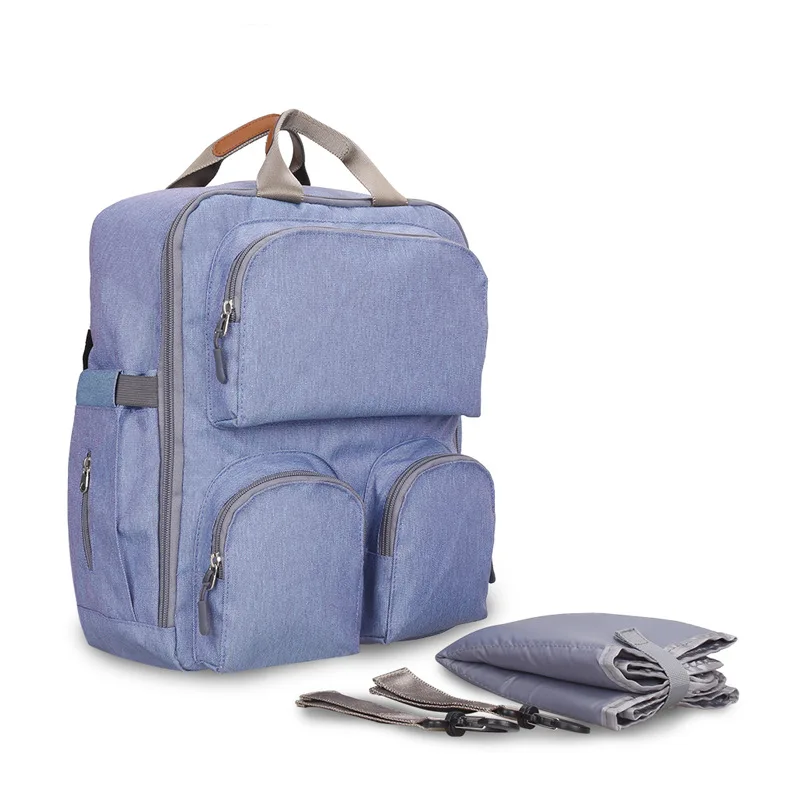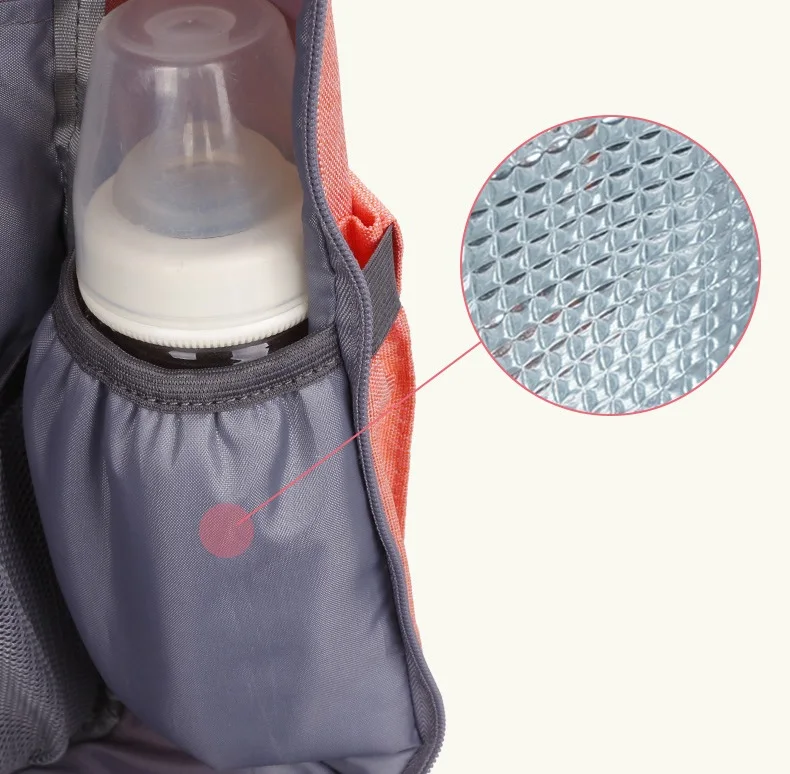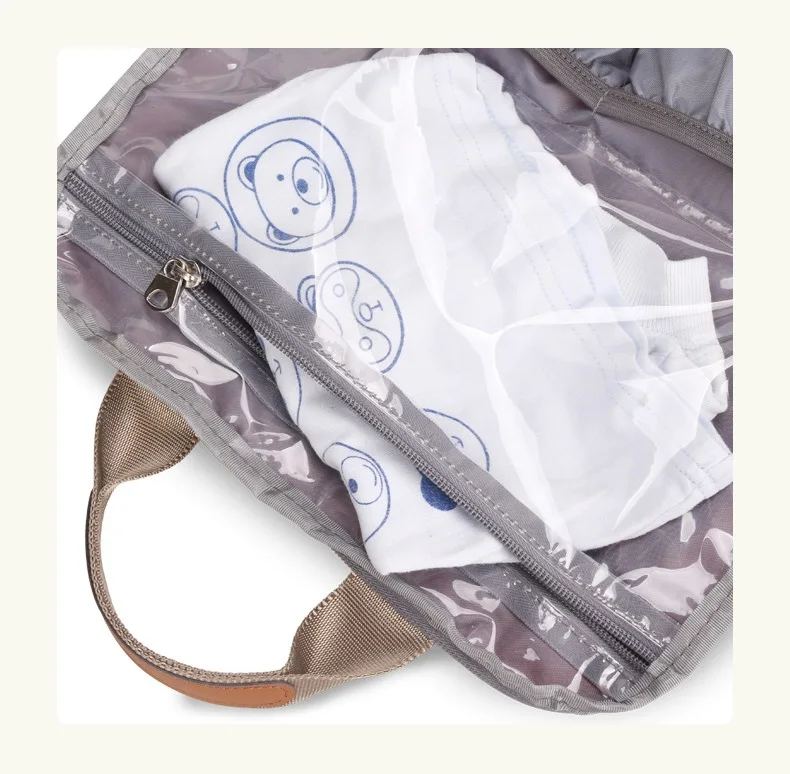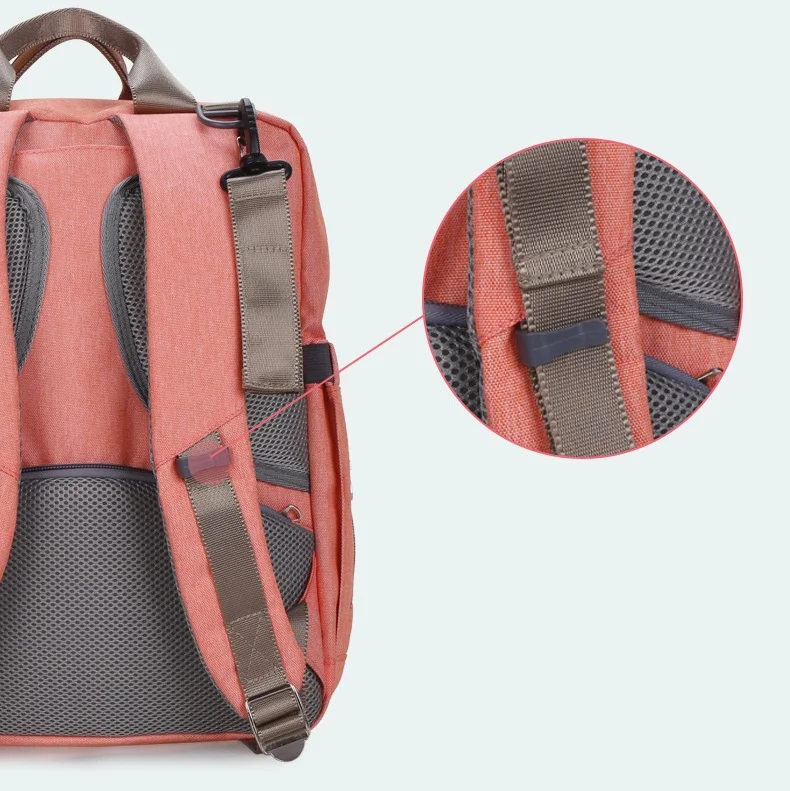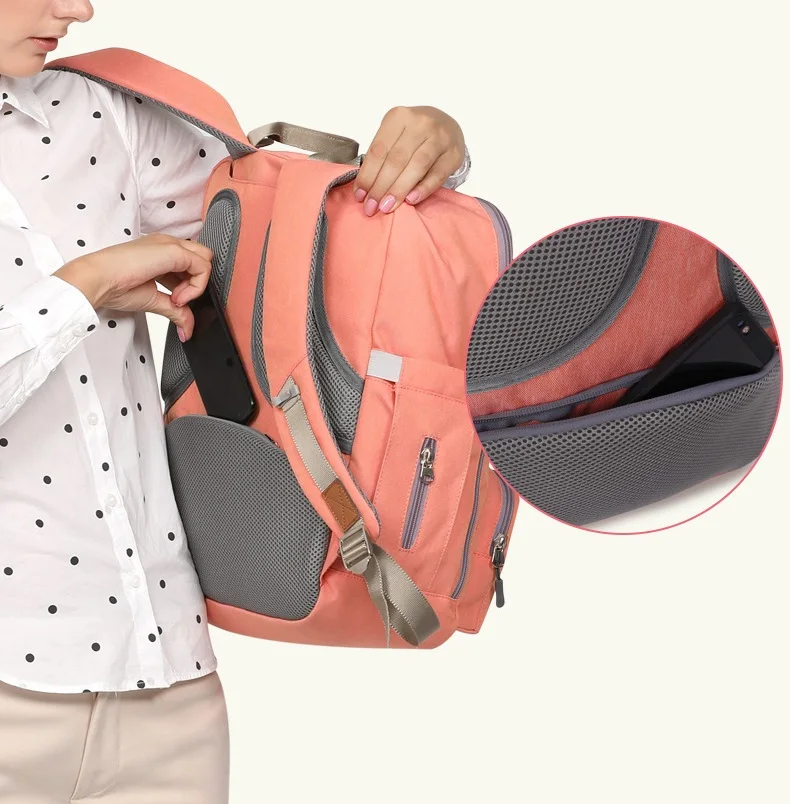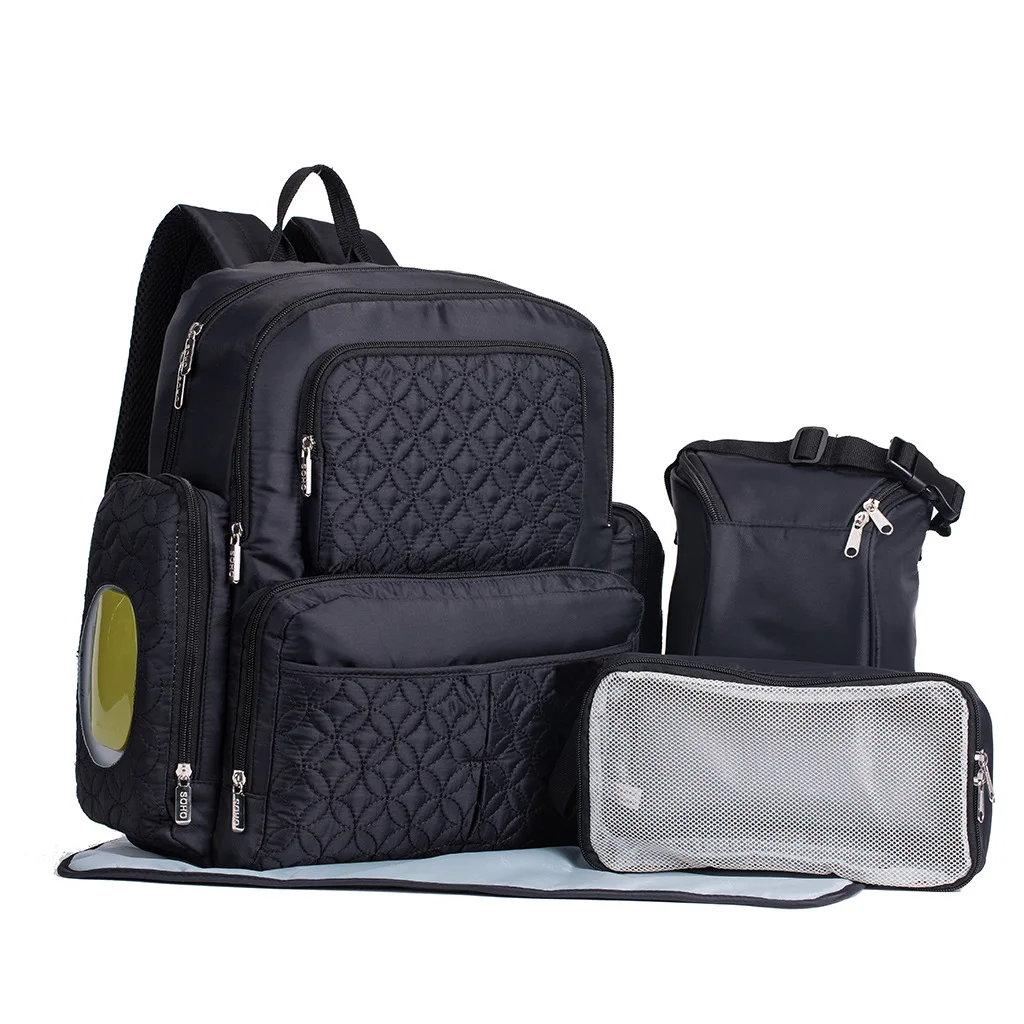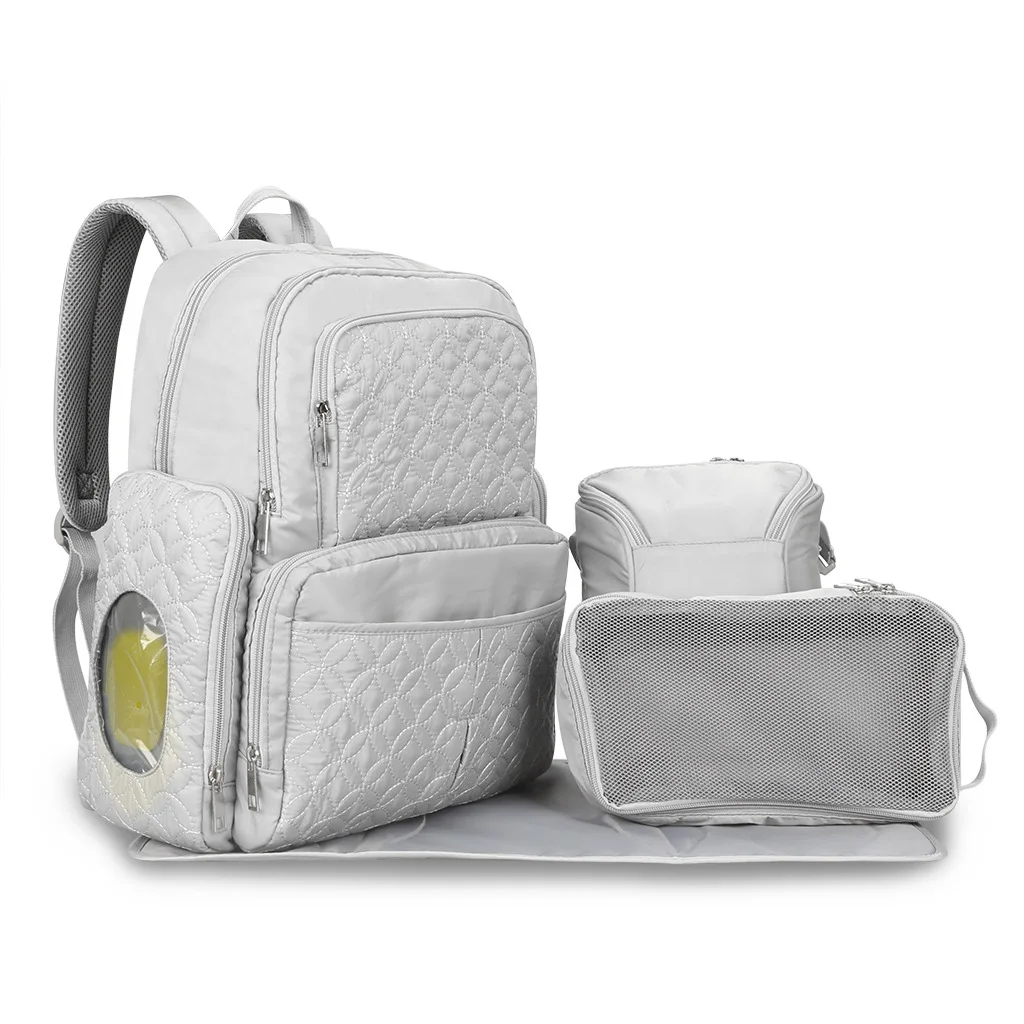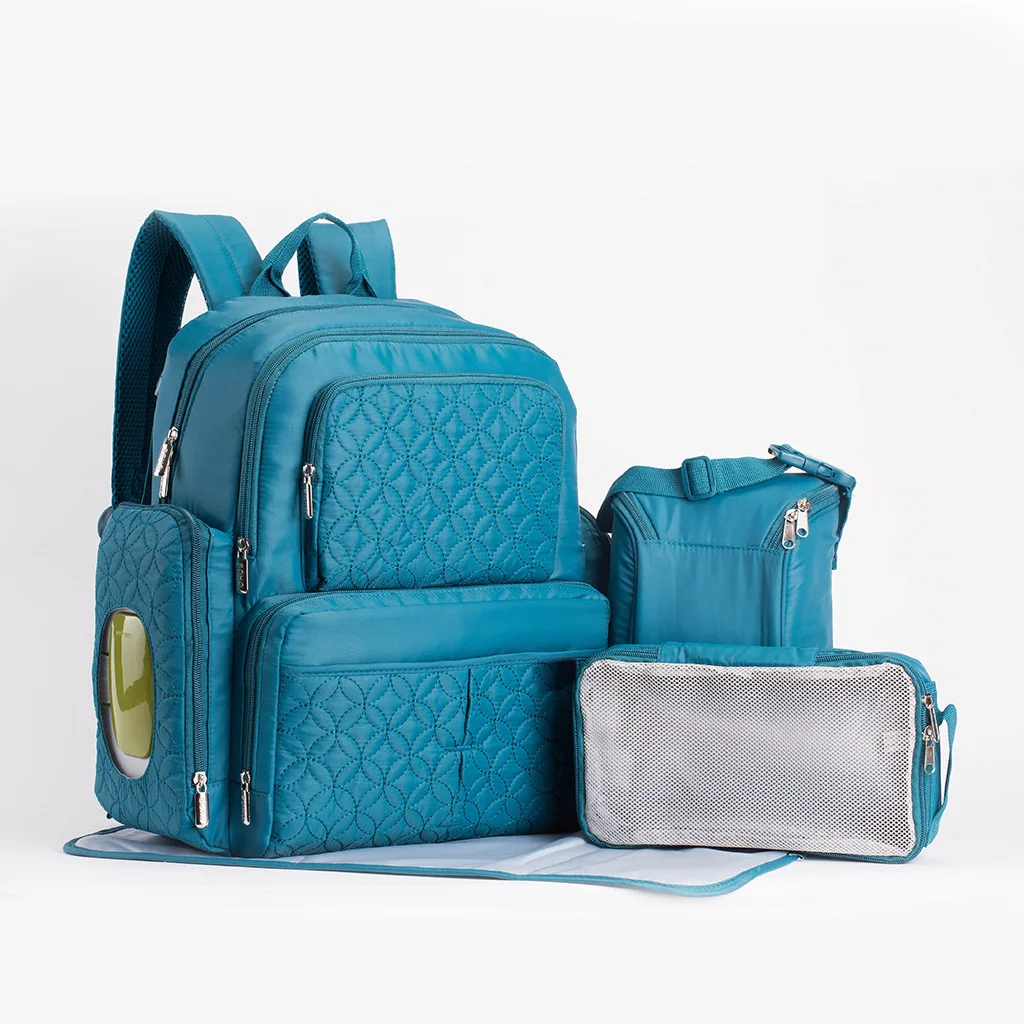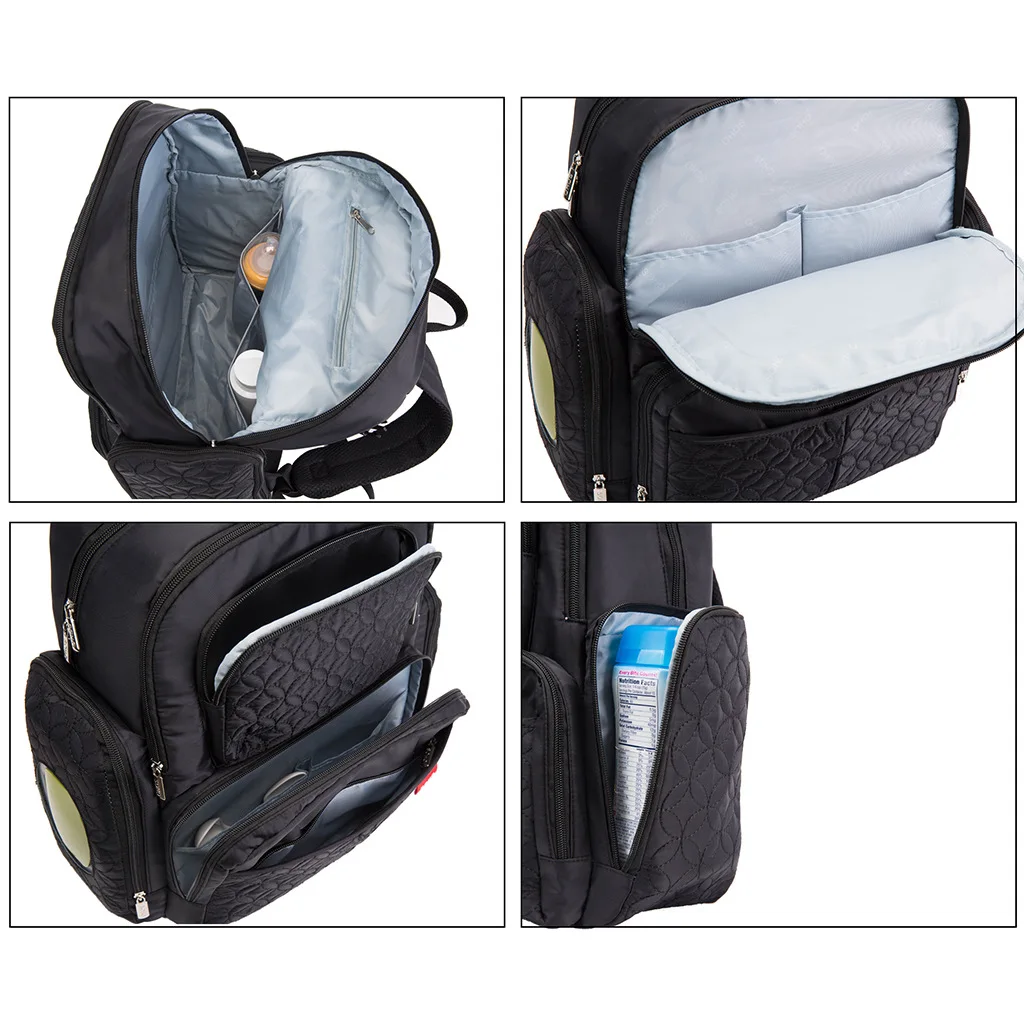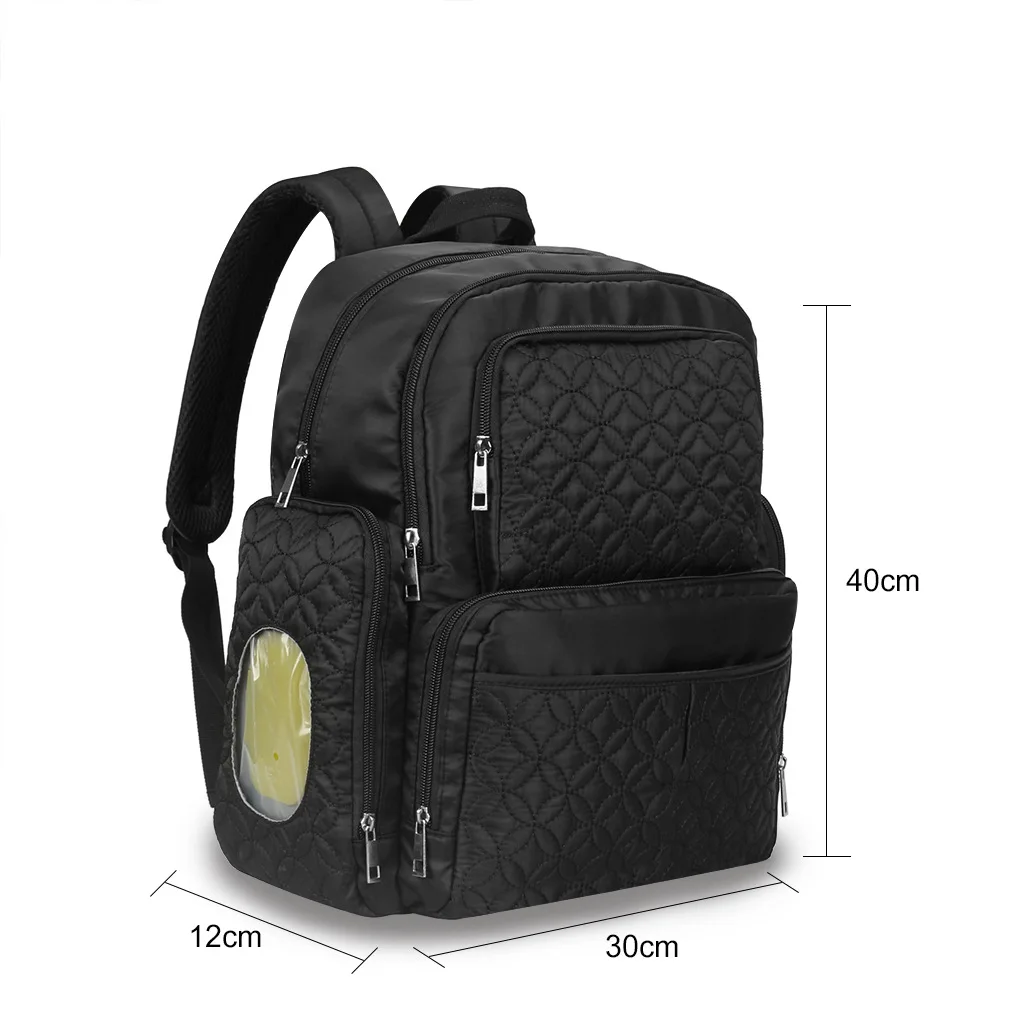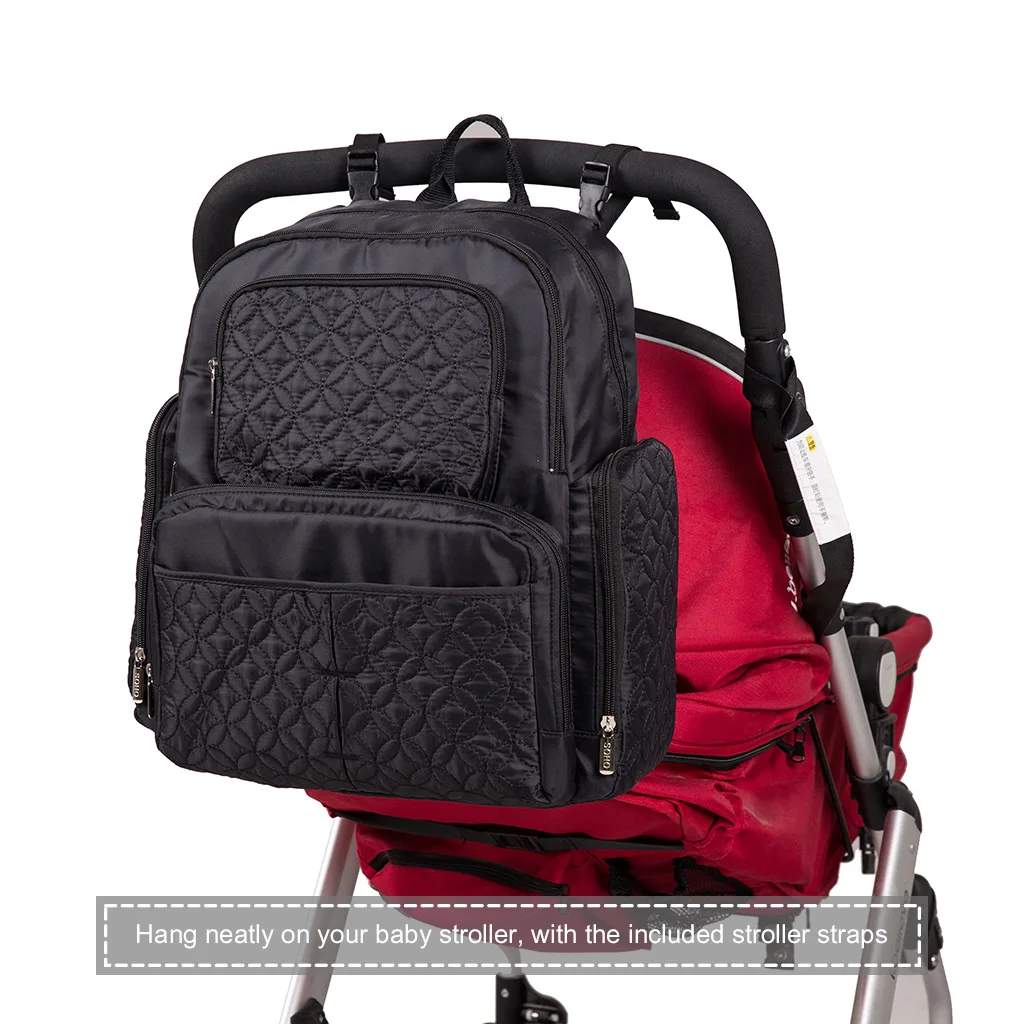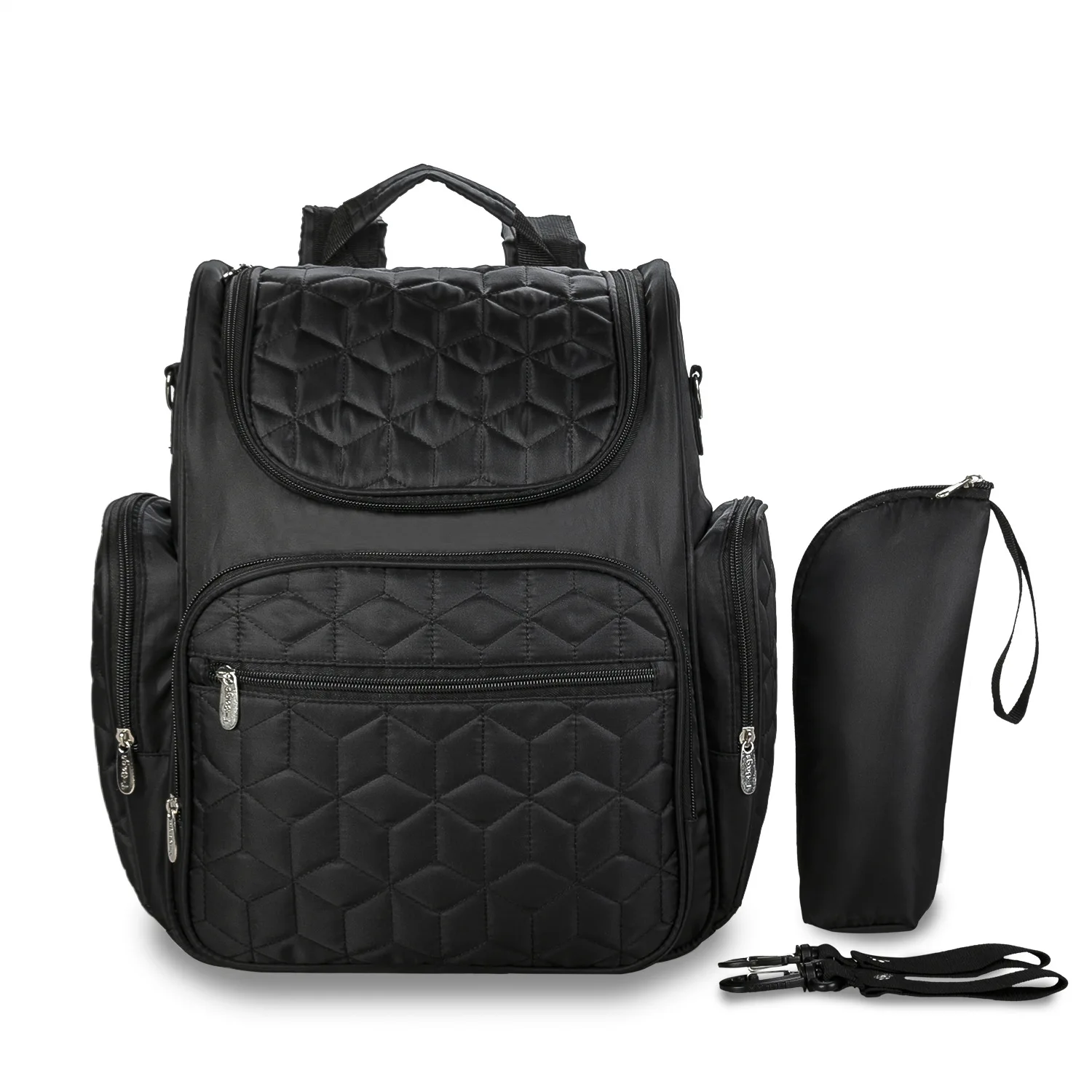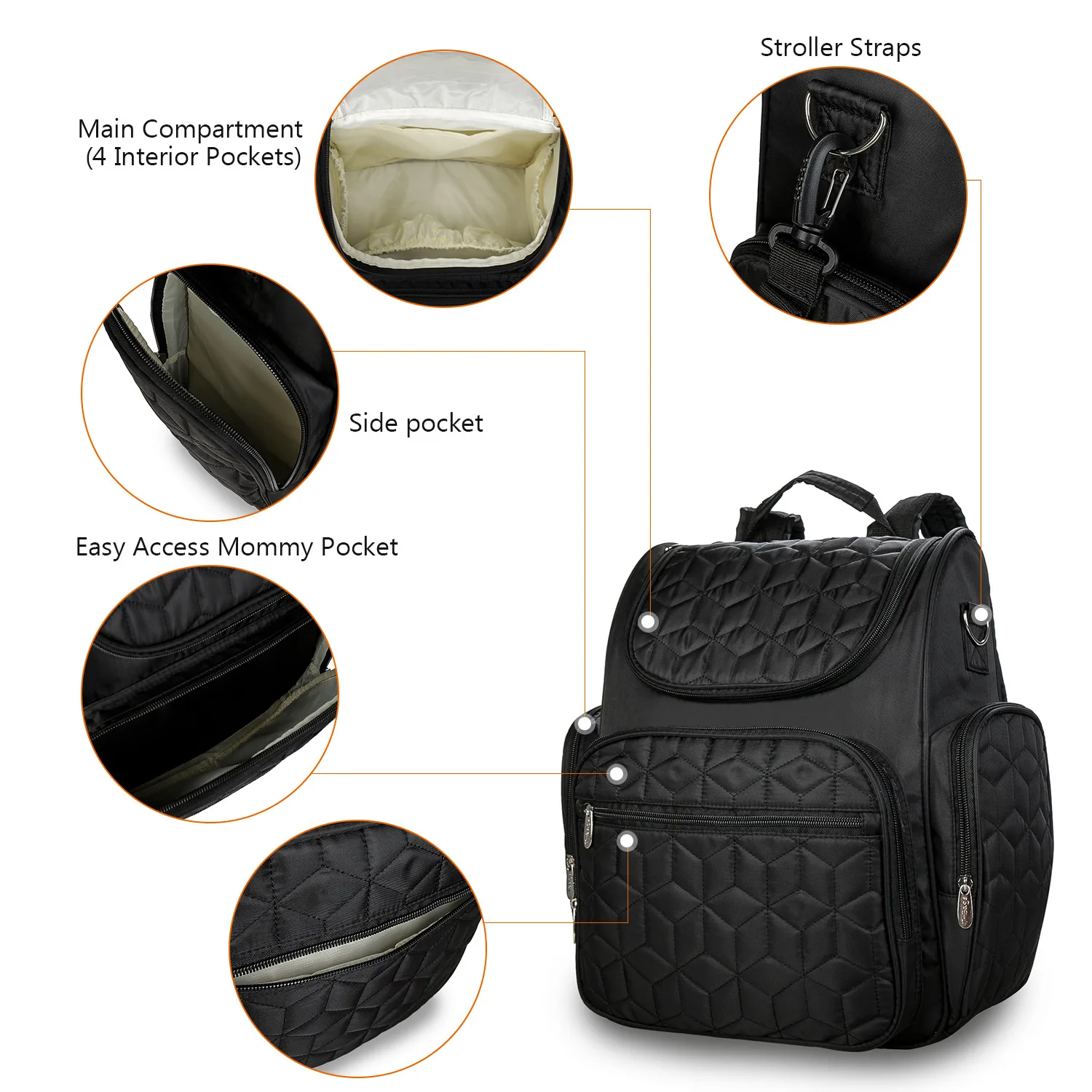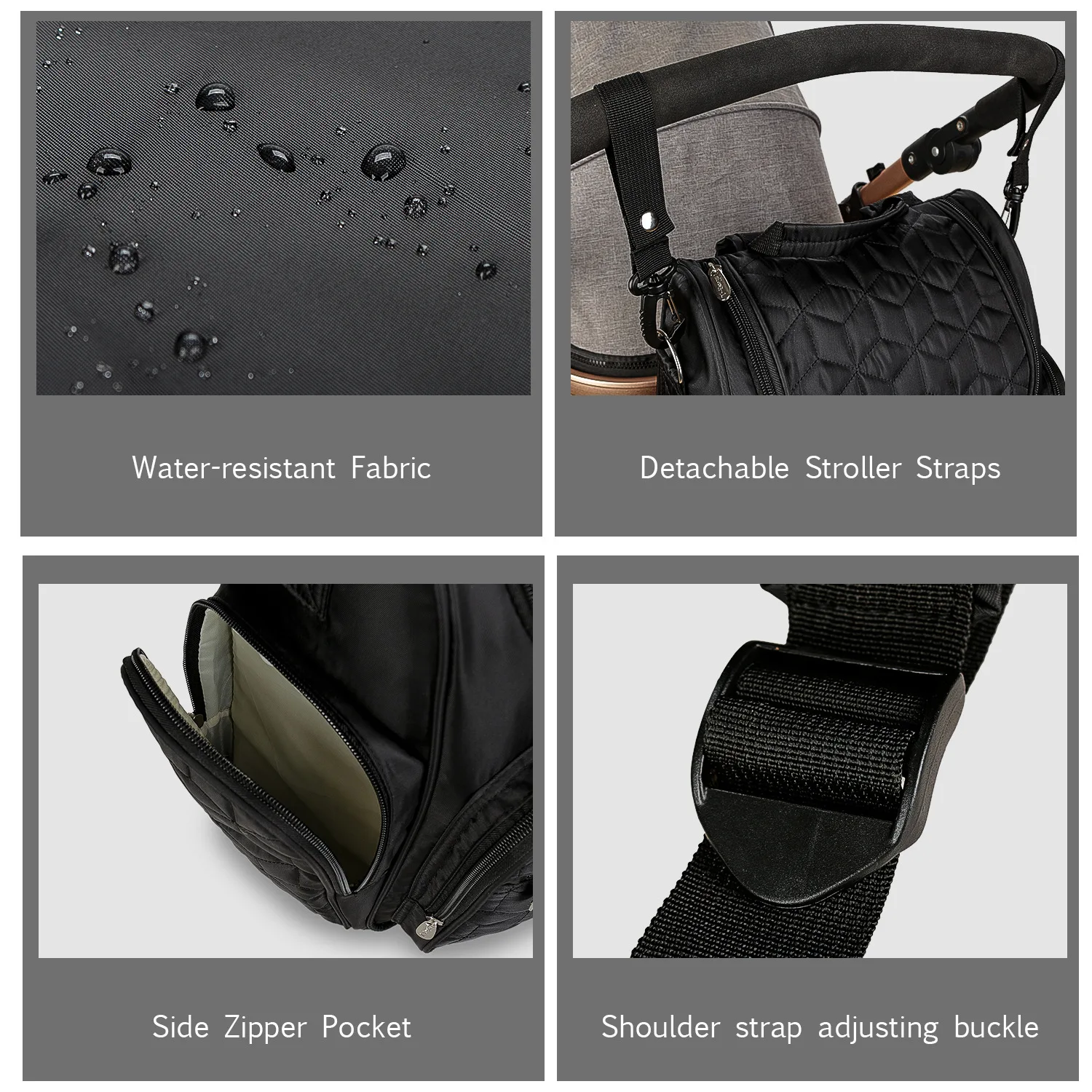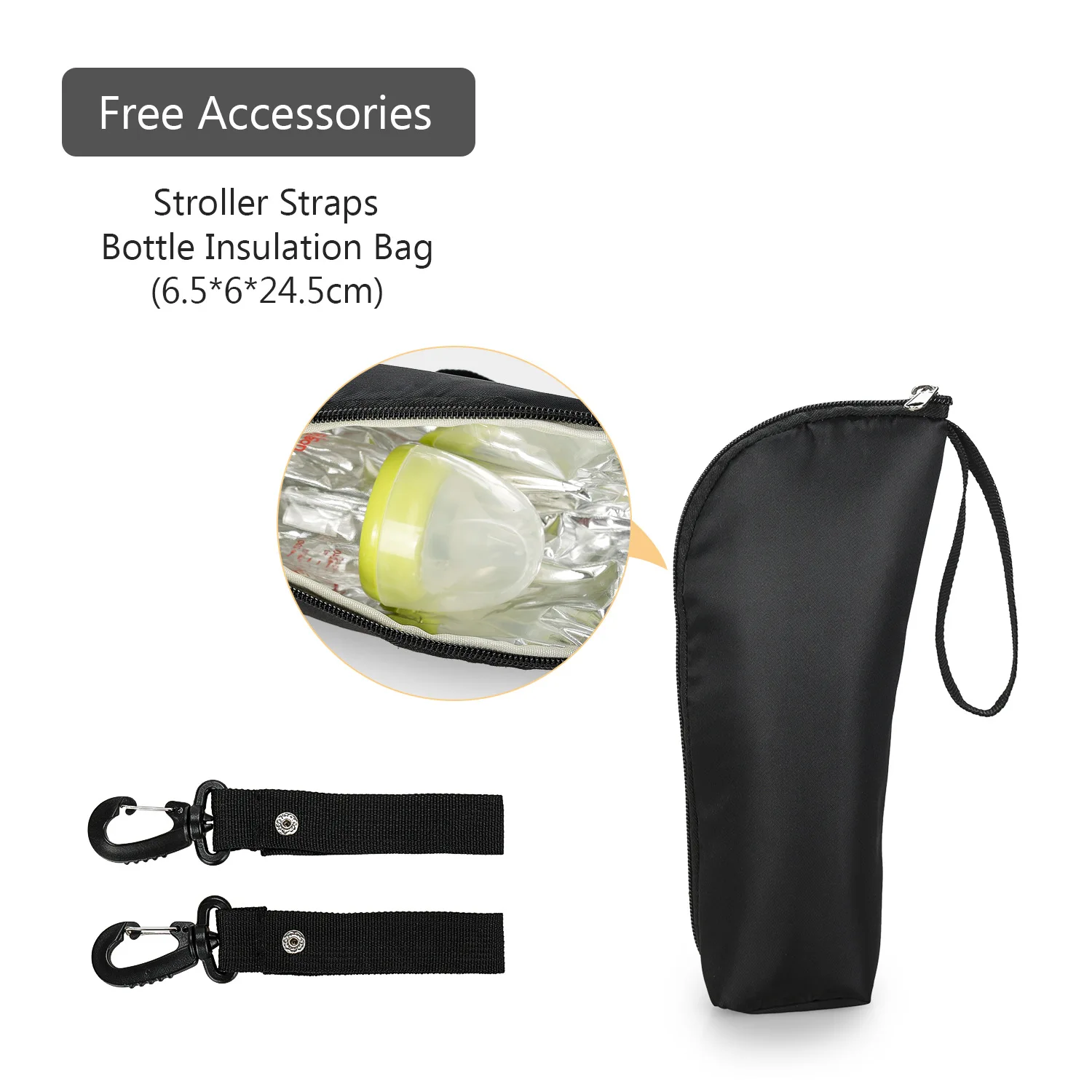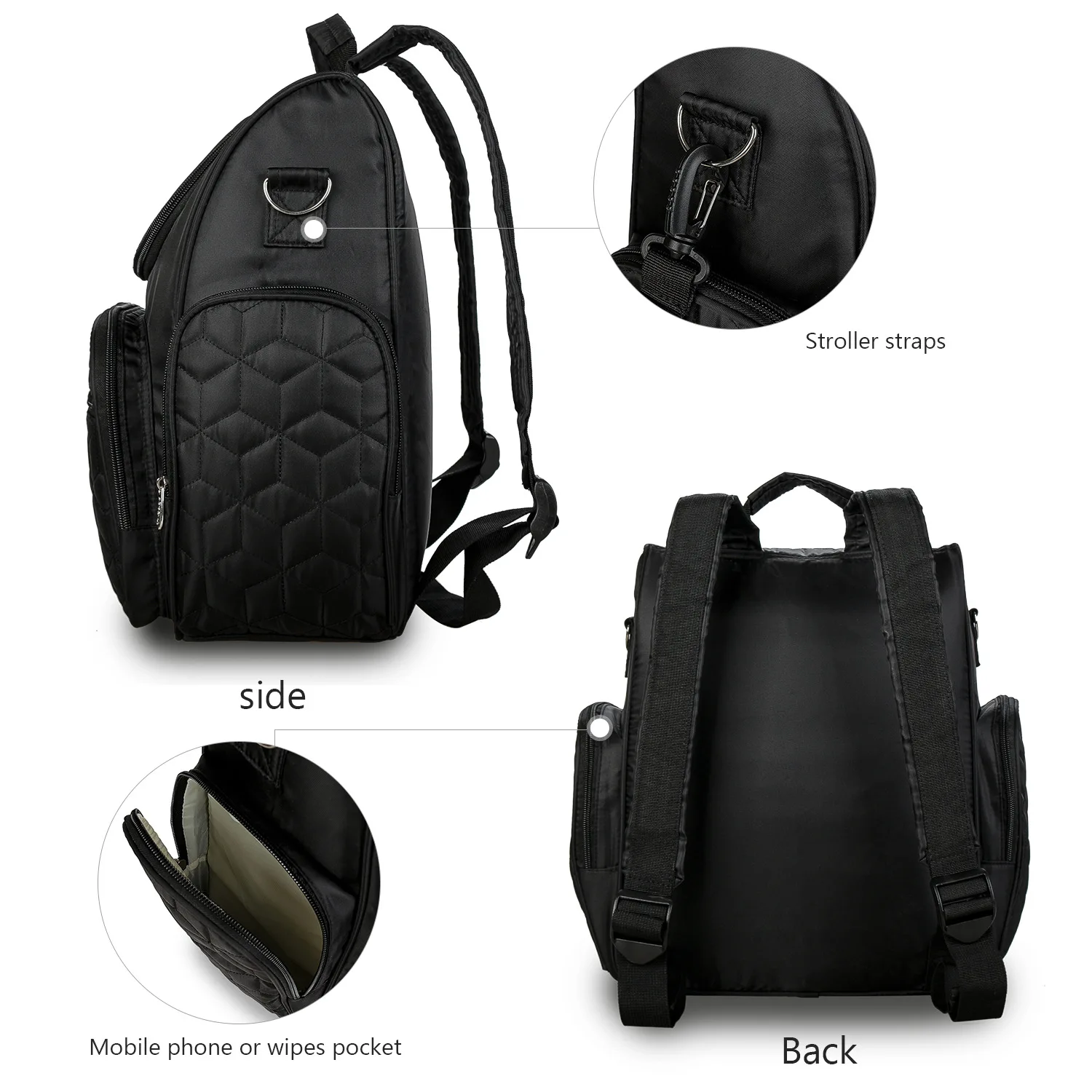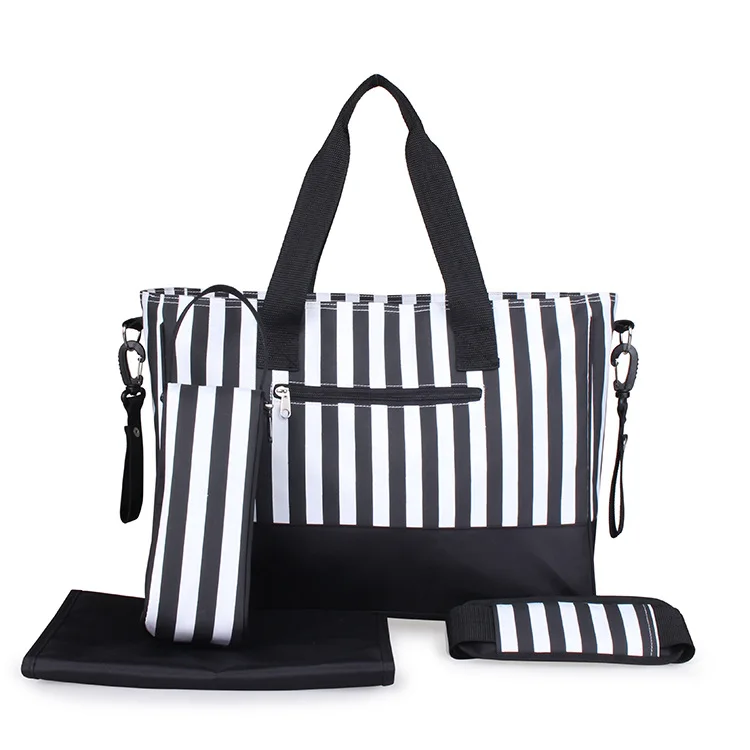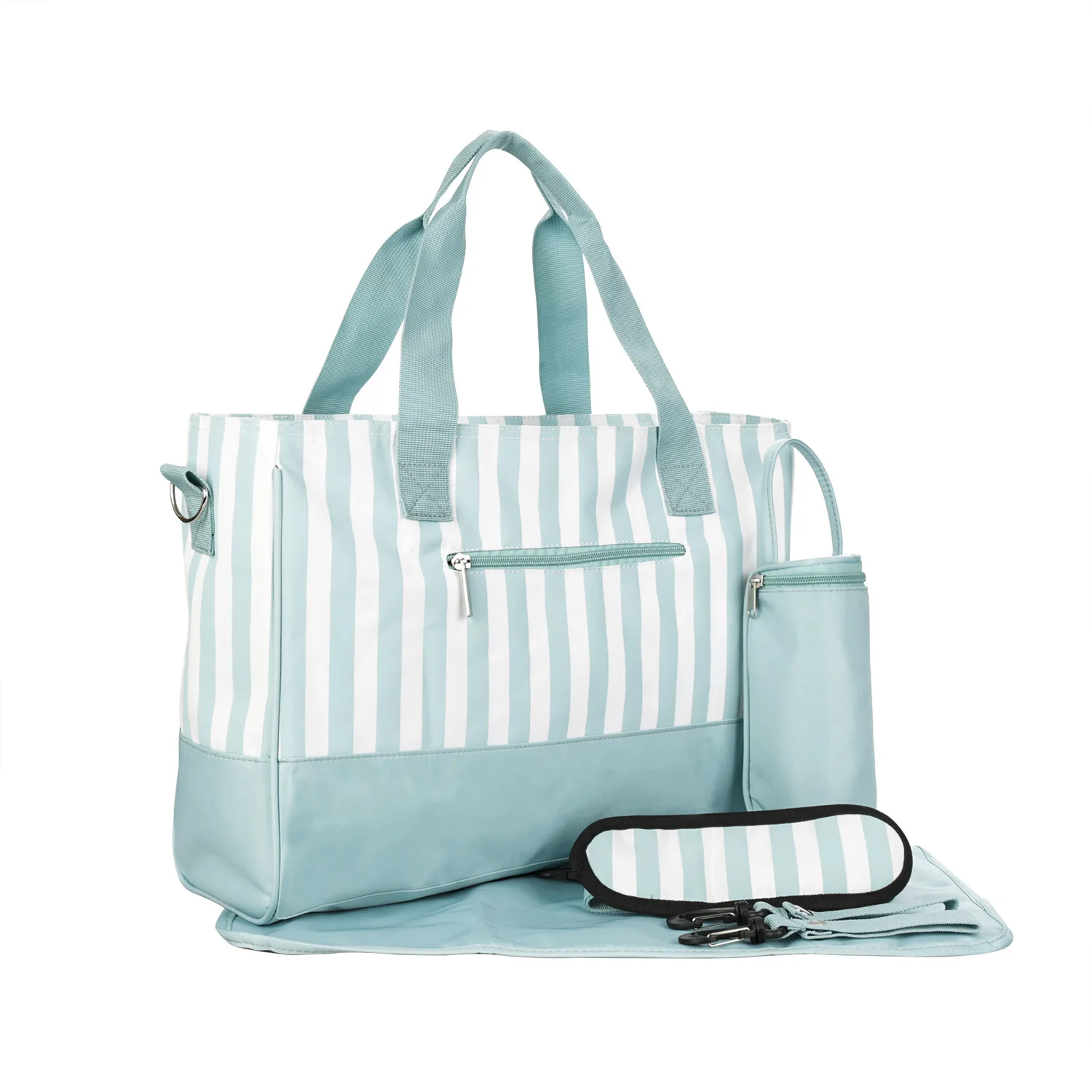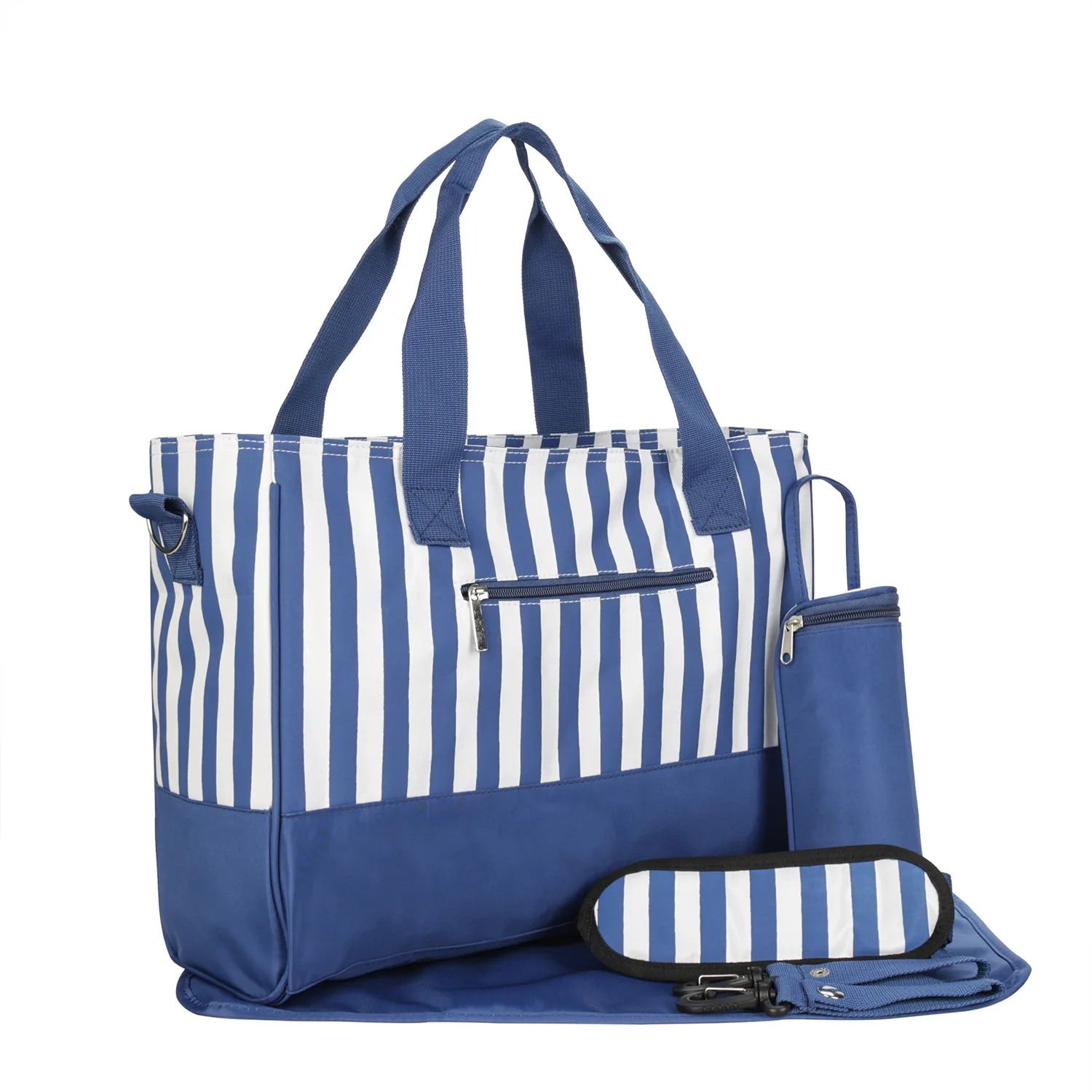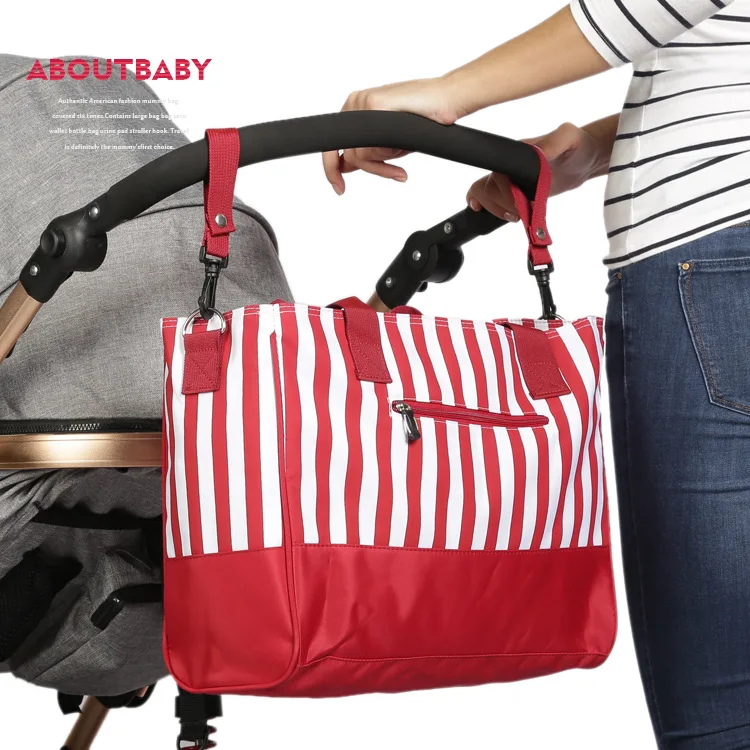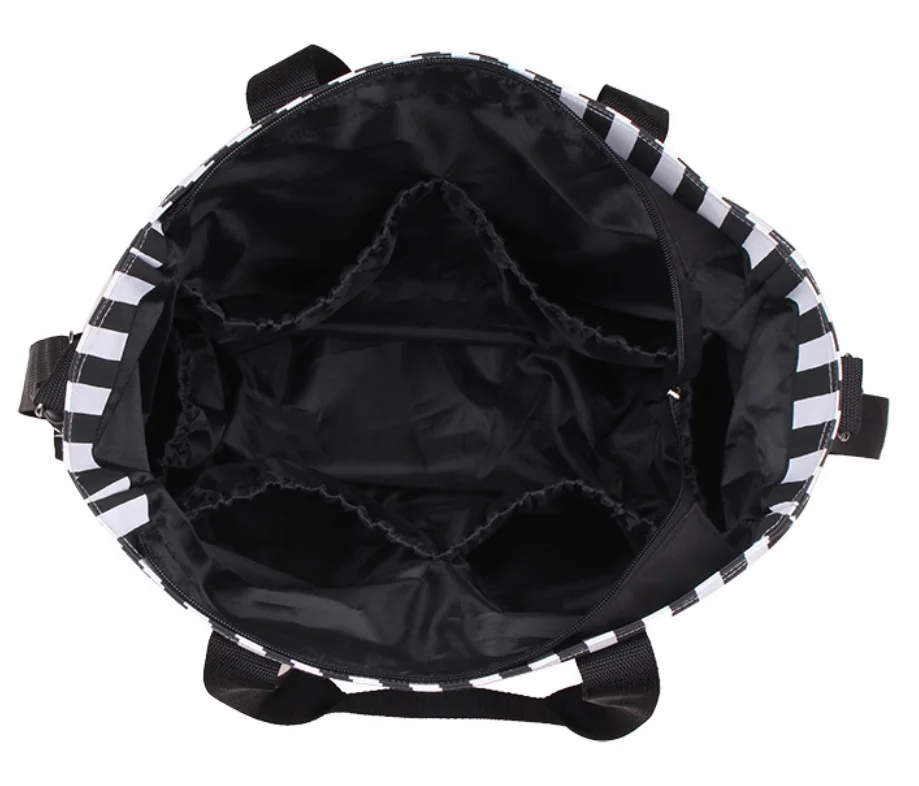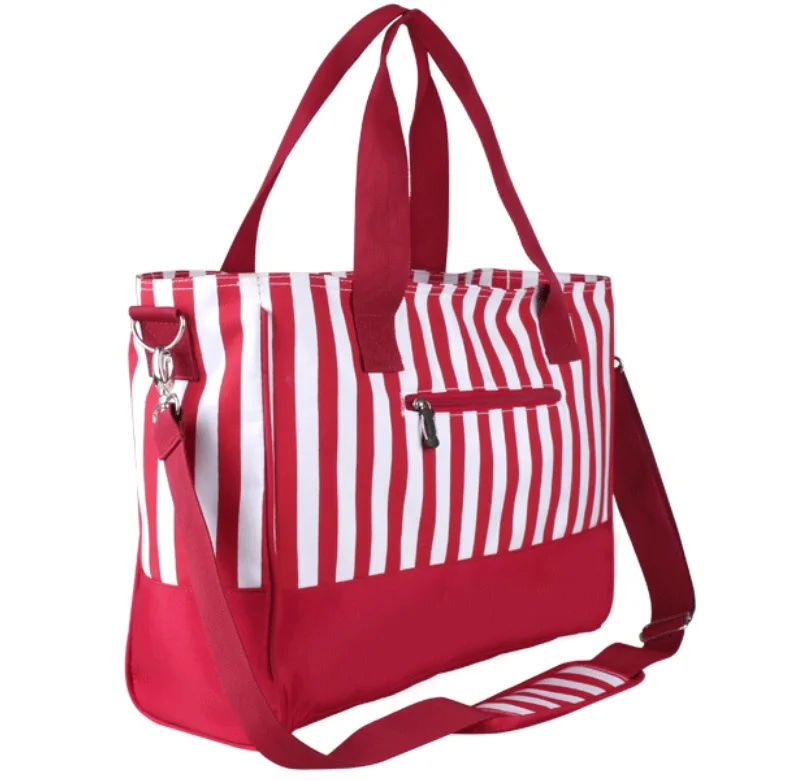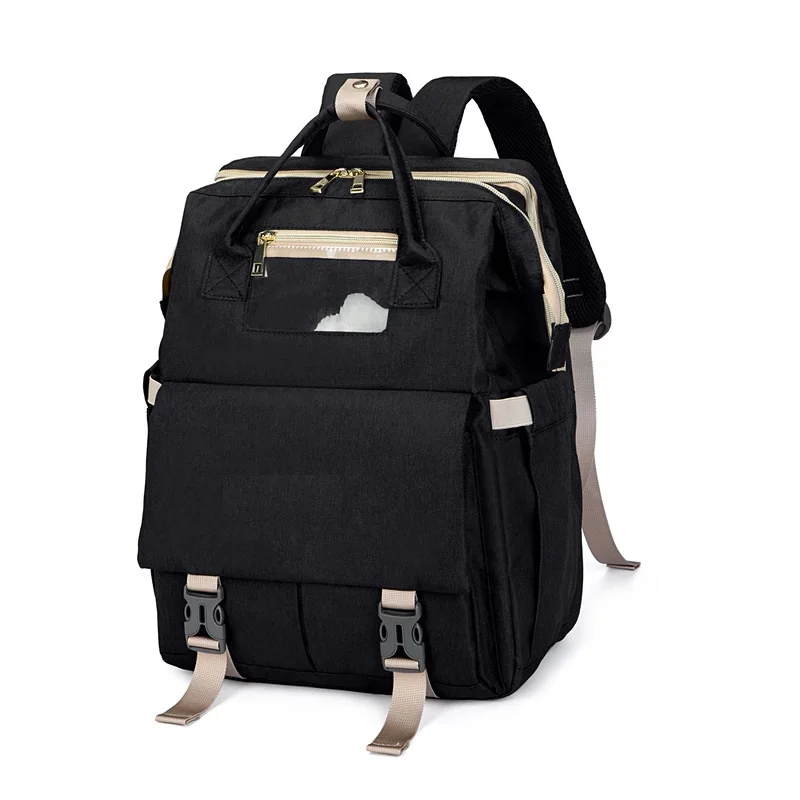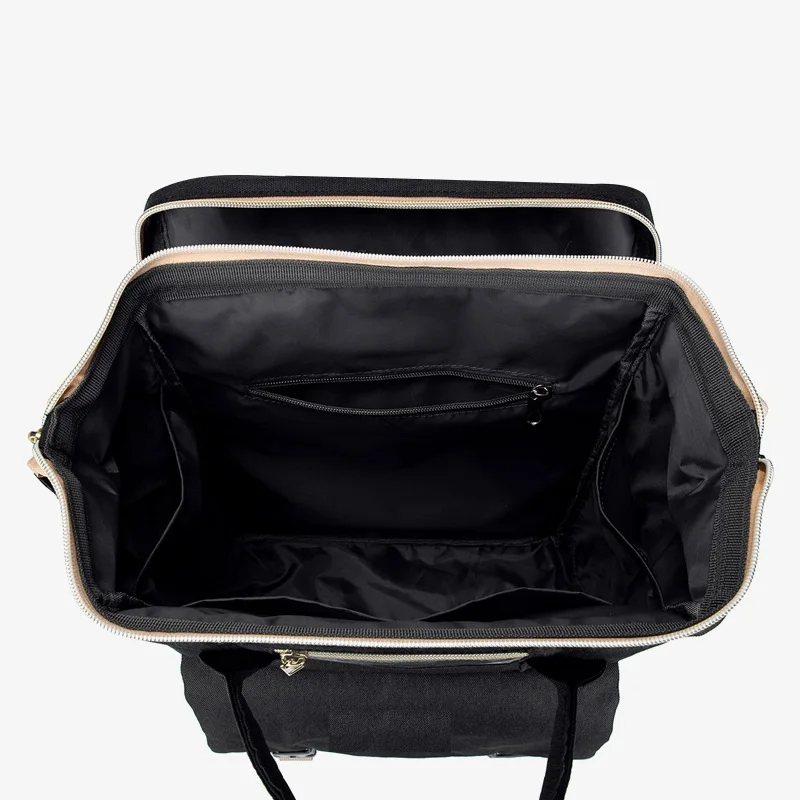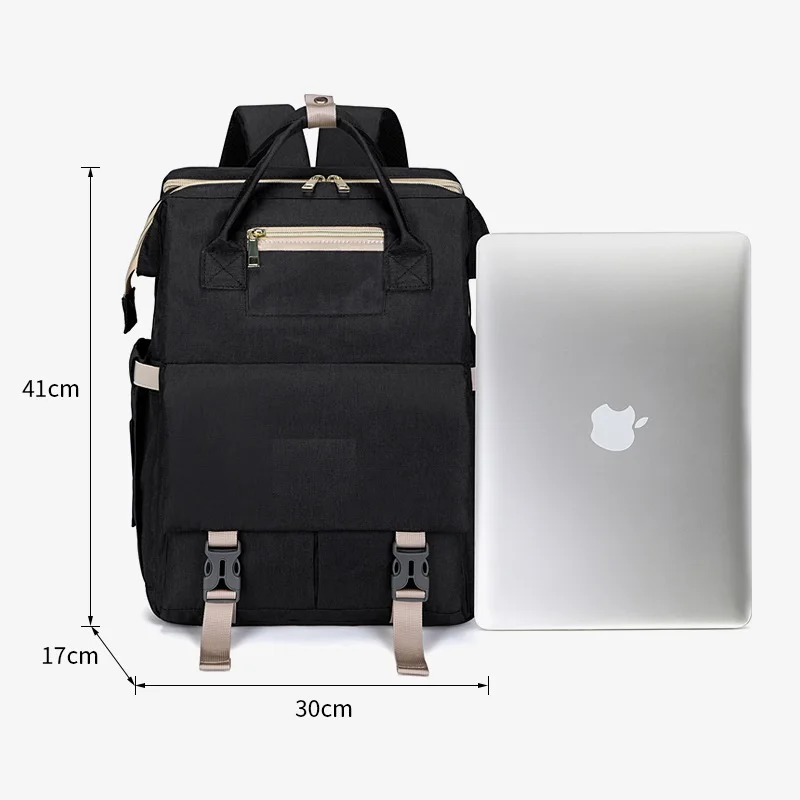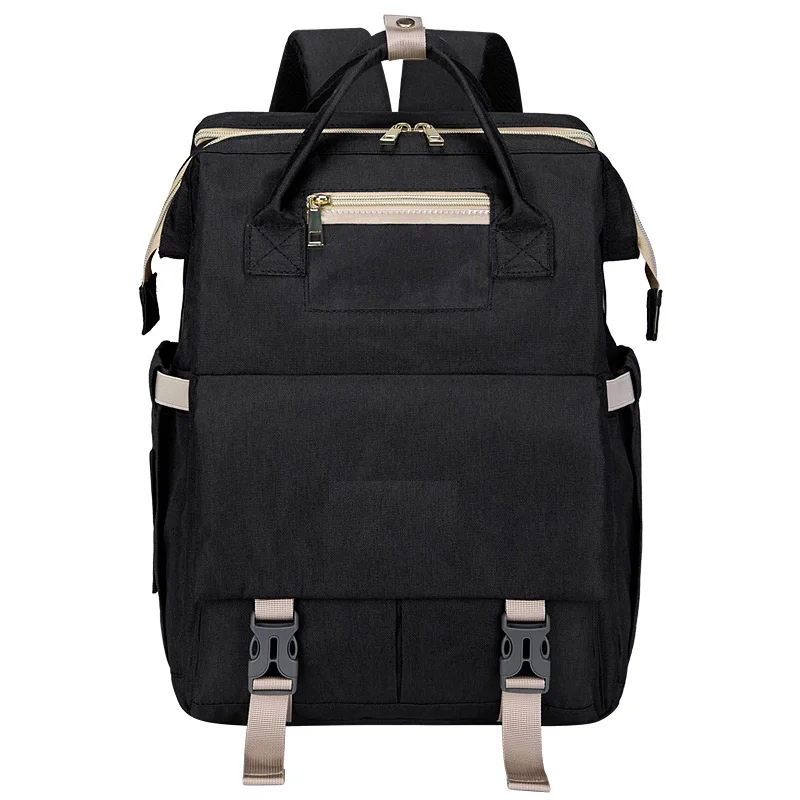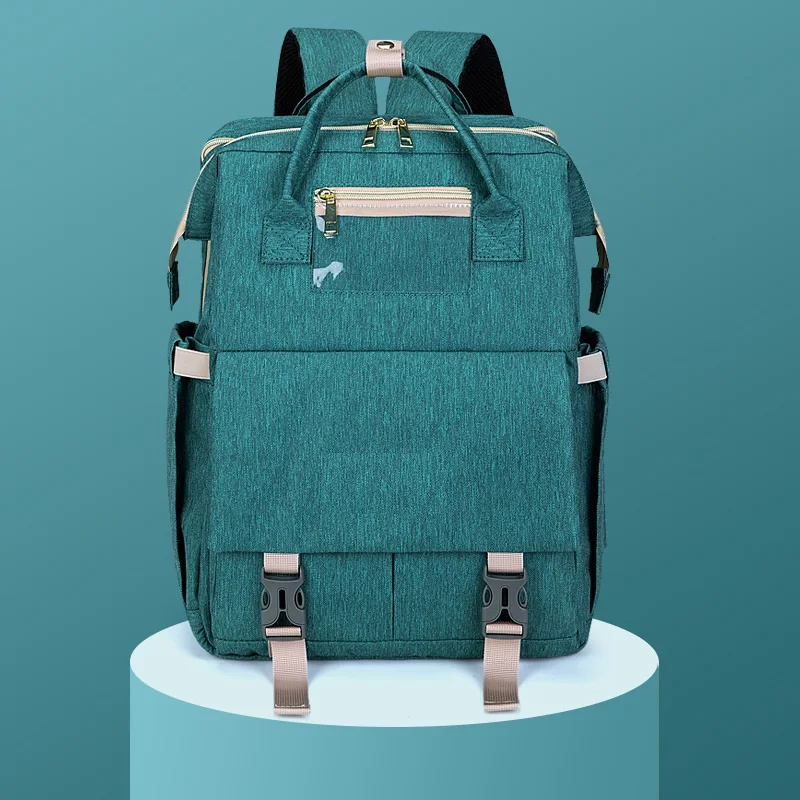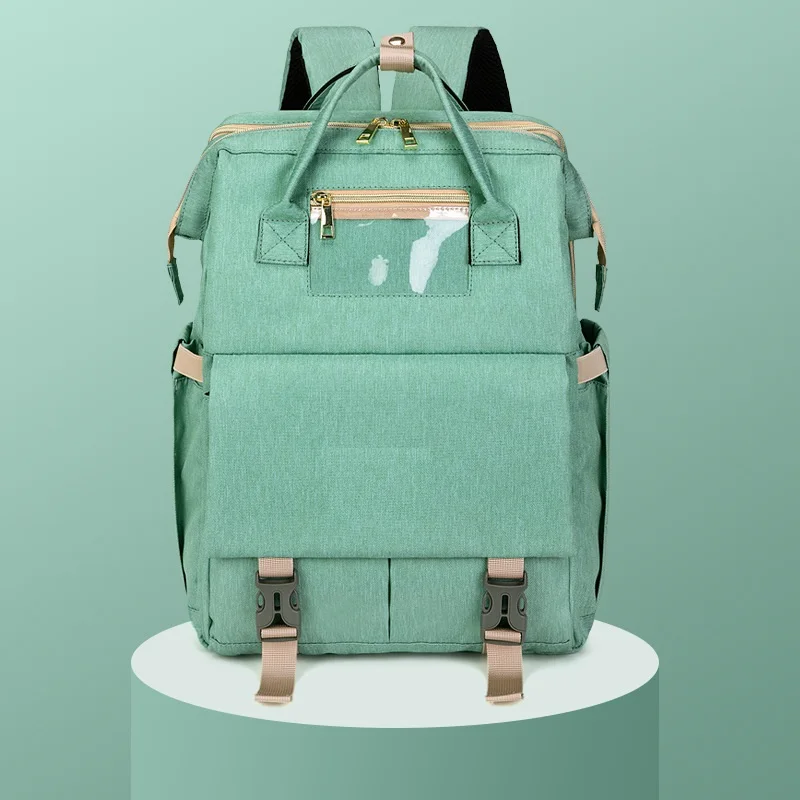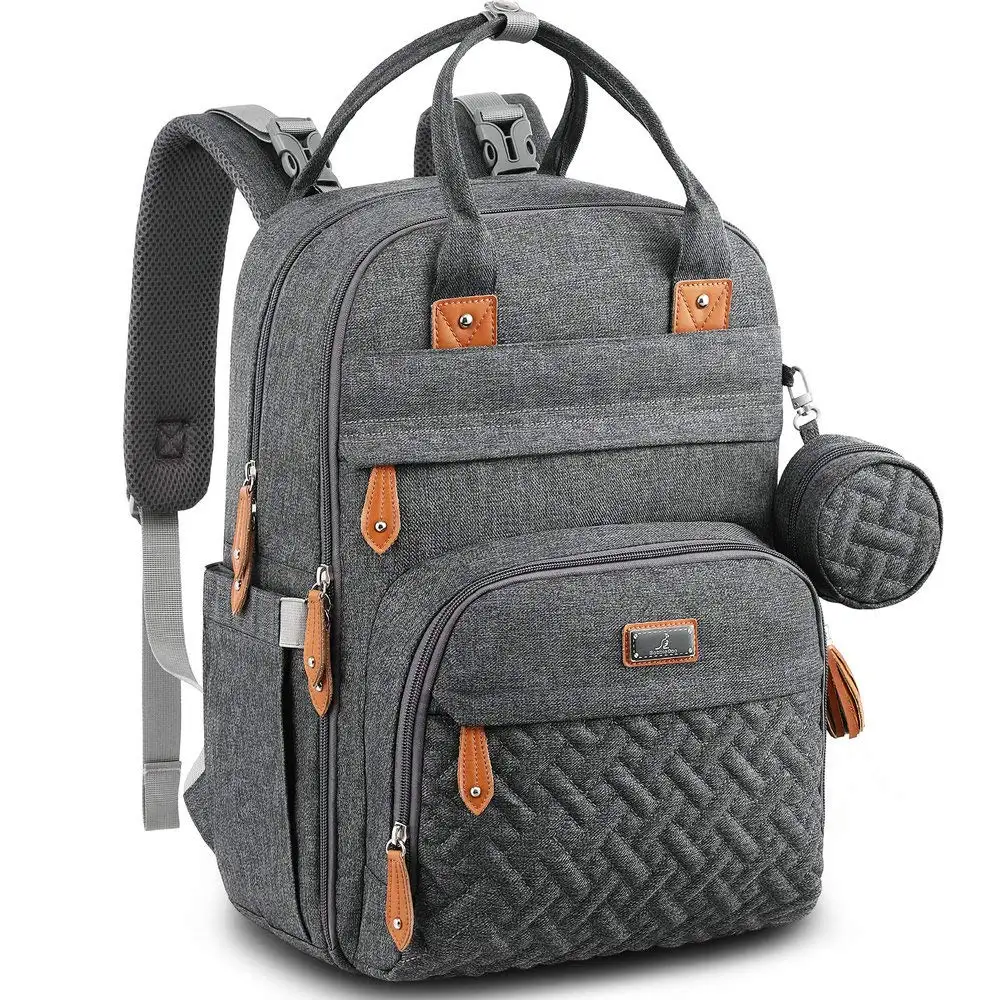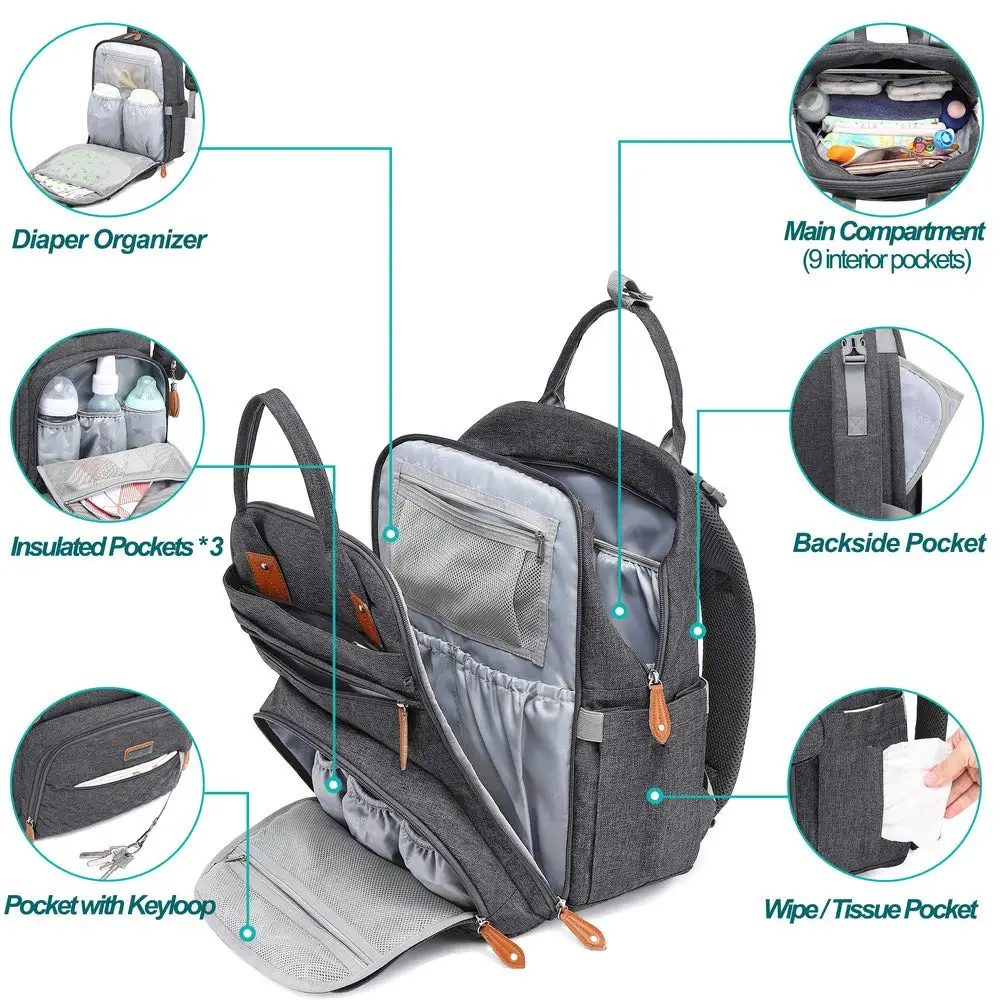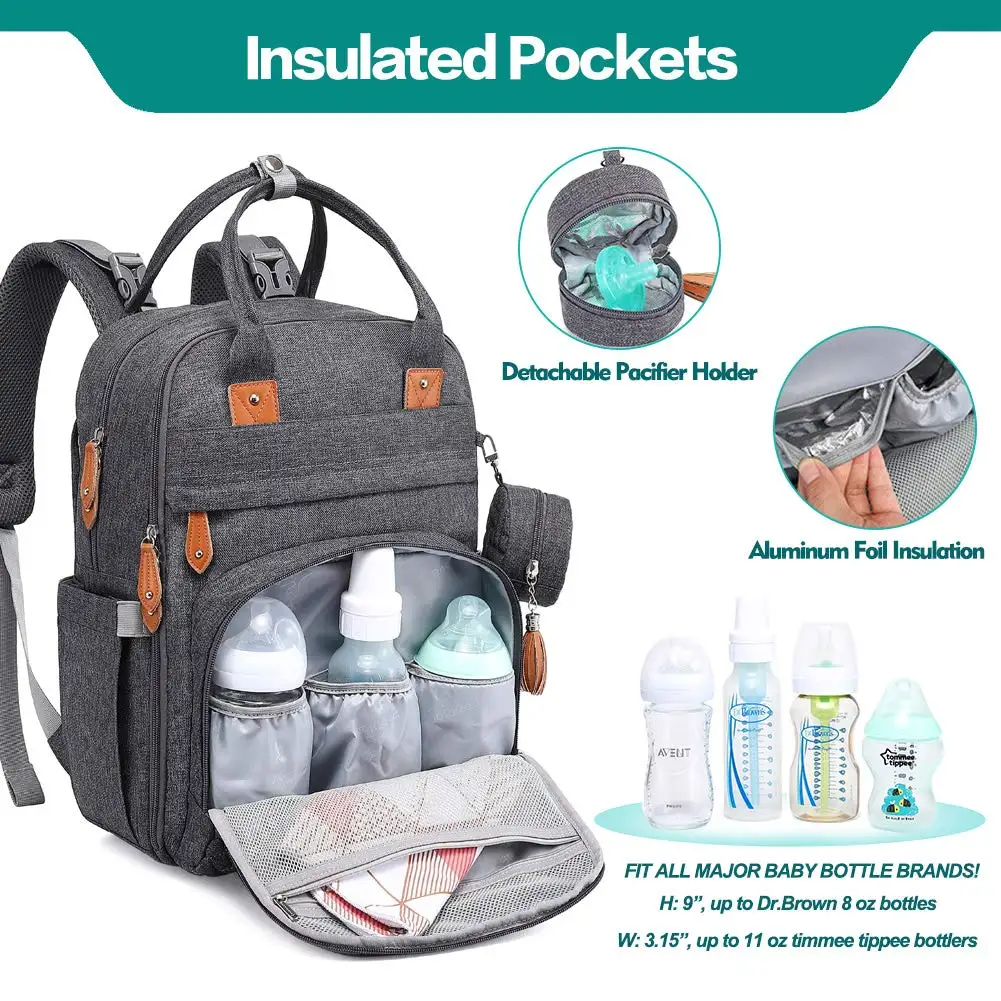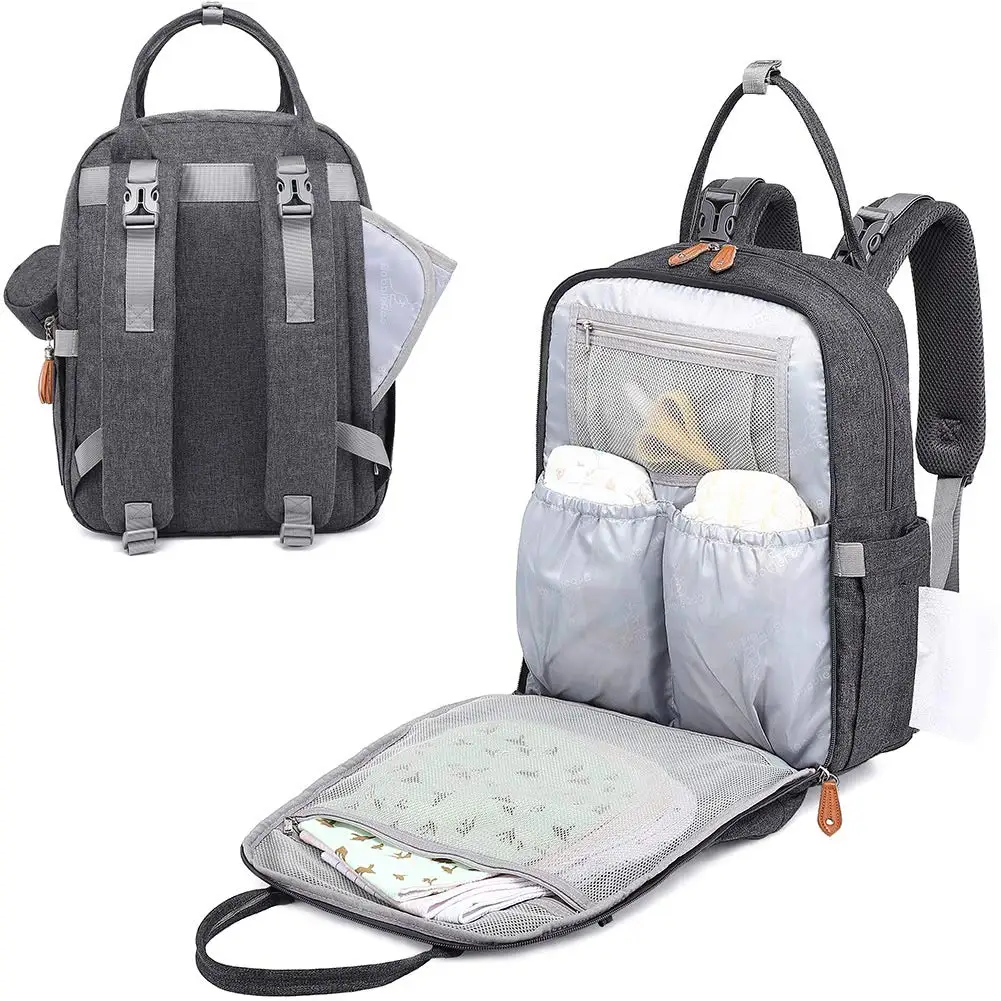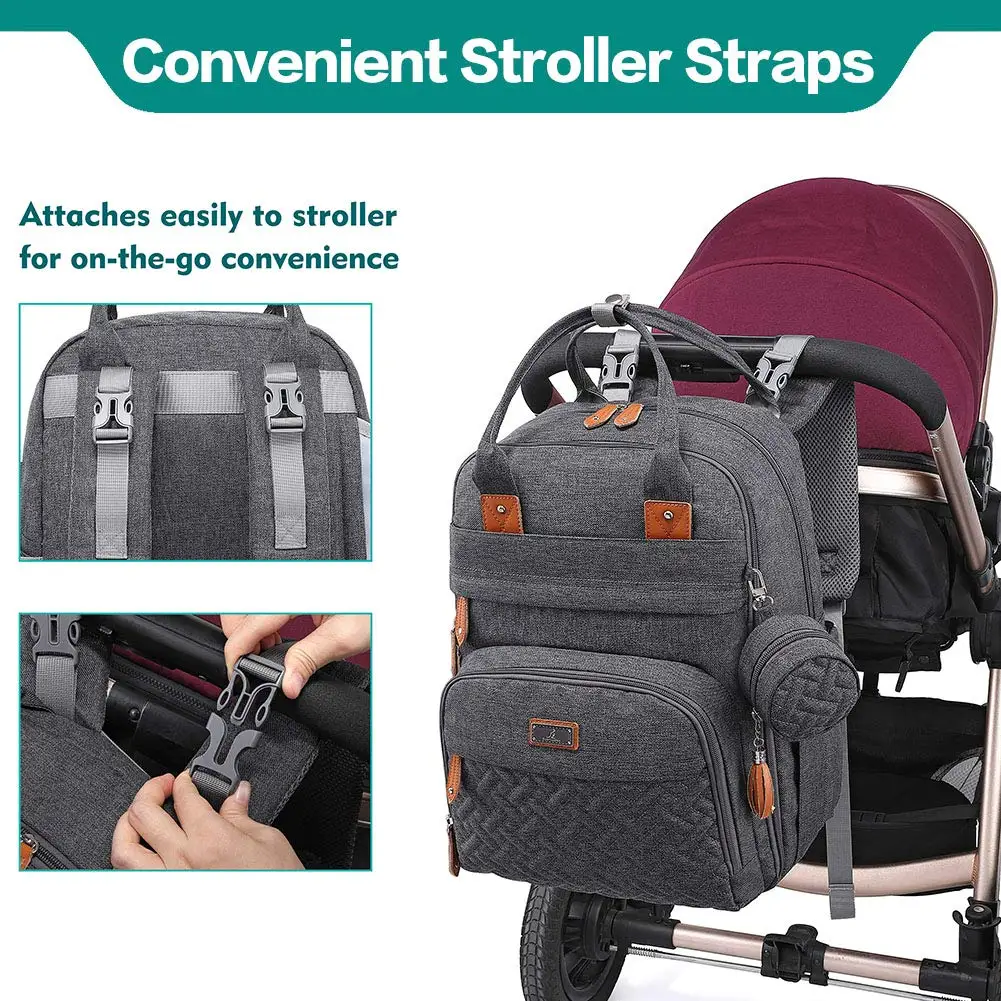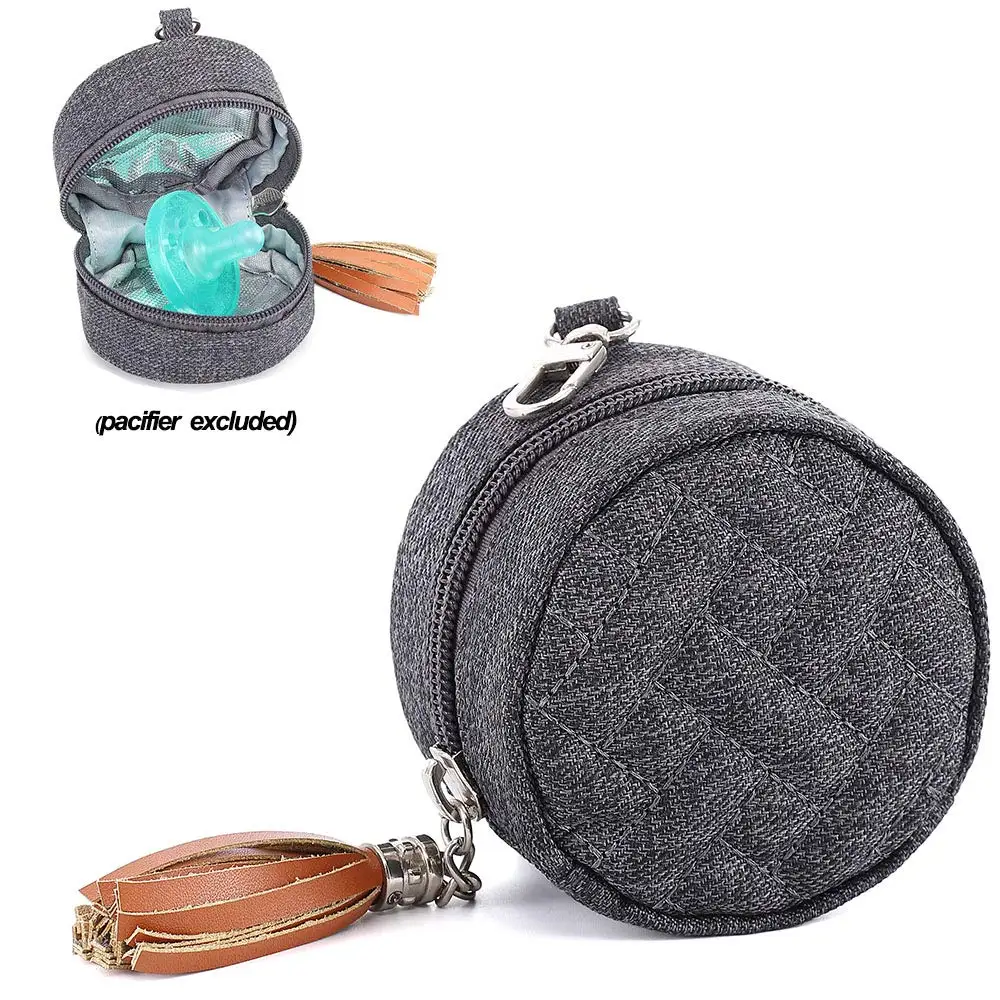Essential Raw Materials of Diaper: What You Need to Know
When it comes to manufacturing high-quality diapers, understanding the raw materials of diaper is crucial. These materials determine the comfort, absorbency, and safety of the final product. In this guide, we’ll explore the types, functions, and sourcing strategies for diaper raw materials, especially from China, a leading global supplier.
Types of Raw materials of Diaper
Diapers are made from several key components, each serving a specific purpose. The primary raw materials of diaper include:
- Absorbent Core: Usually made of superabsorbent polymers (SAP) and fluff pulp, this layer traps moisture.
- Top Sheet: A non-woven fabric that stays dry against the baby’s skin.
- Back Sheet: A waterproof layer, often polyethylene, to prevent leaks.
- Elastic Components: Used around legs and waist for a snug fit.
- Adhesives: For securing tabs and layers.
Functions and features of Raw materials of Diaper
Each material plays a vital role in diaper performance. For example, SAP can absorb up to 30 times its weight in liquid, while the top sheet’s softness prevents irritation. The back sheet’s breathability ensures comfort, and elastic components enhance fit to prevent leaks.
Scenarios of Raw materials of Diaper
These materials are used in various diaper types, including disposable, cloth, and biodegradable options. Disposable diapers rely heavily on SAP and non-woven fabrics, while eco-friendly diapers may use bamboo or corn-based materials.
How to Choose Raw materials of Diaper
Selecting the right materials depends on factors like absorbency, skin-friendliness, and environmental impact. Always check for certifications like OEKO-TEX or ISO 9001 to ensure safety and quality.
How to Find Reliable Raw materials of Diaper from China in 2025
China is a top supplier of diaper raw materials. To find reliable vendors:
- Use platforms like Alibaba to compare suppliers.
- Request samples to test material quality.
- Verify certifications and production capacity.
- Check customer reviews and order history.
What Buyers Should Know Before Buying Raw materials of Diaper from China
Before purchasing, consider:
- Minimum order quantities (MOQs).
- Shipping costs and lead times.
- Customs regulations in your country.
- Supplier’s after-sales support.
Raw materials of Diaper Q & A
Q: What is the most absorbent material in diapers?
A: Superabsorbent polymers (SAP) are the most absorbent, capable of holding large amounts of liquid.
Q: Are eco-friendly diaper materials as effective as traditional ones?
A: Yes, materials like bamboo or corn-based SAP are effective and biodegradable.
Q: How can I verify a supplier’s reliability?
A: Check certifications, request samples, and read customer reviews.
Q: What is the average MOQ for diaper raw materials?
A: MOQs vary but typically start at 1 ton for bulk orders.
Q: Can I customize raw materials for specific diaper designs?
A: Yes, many suppliers offer customization for materials like non-woven fabrics or SAP blends.






